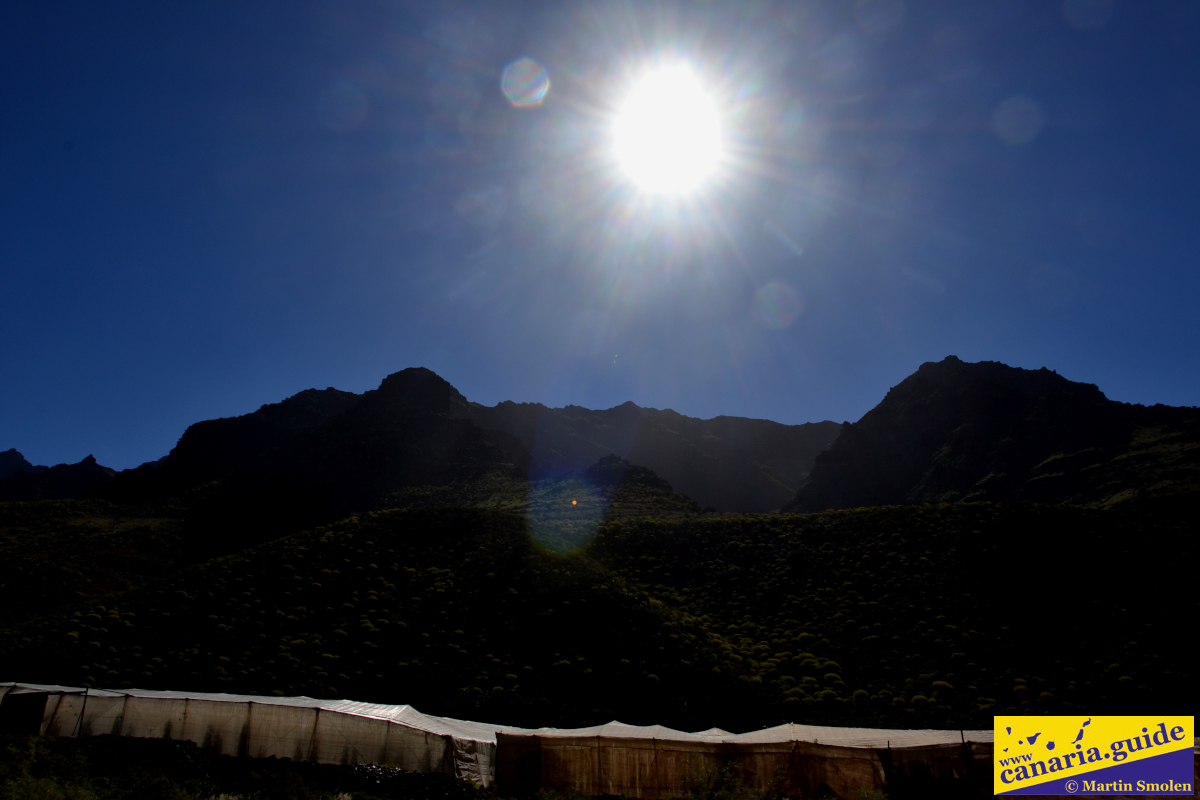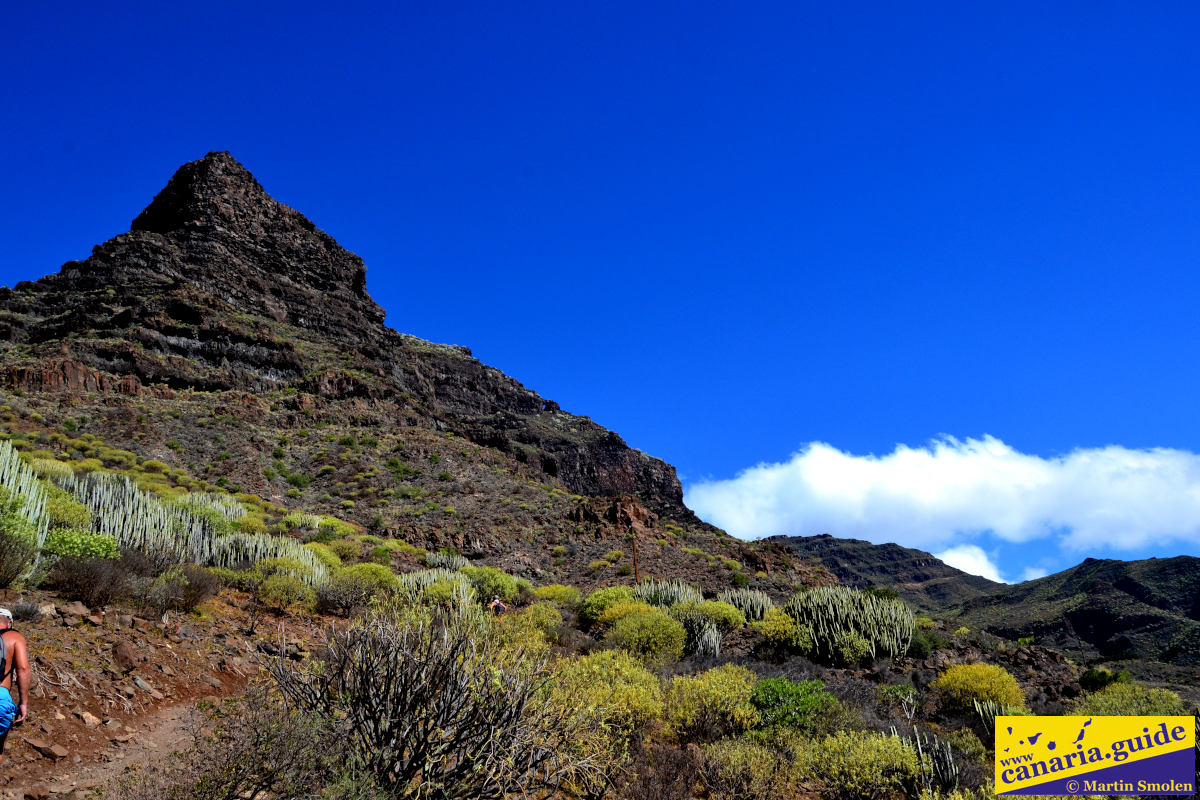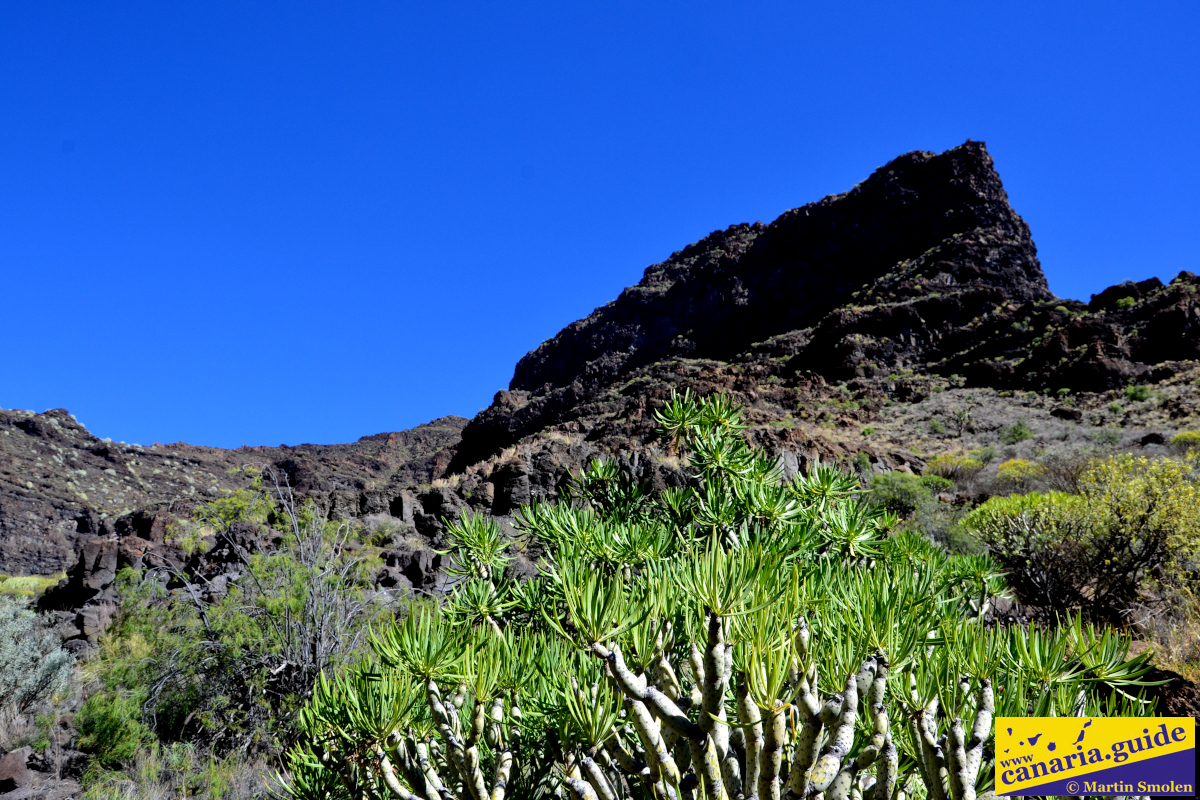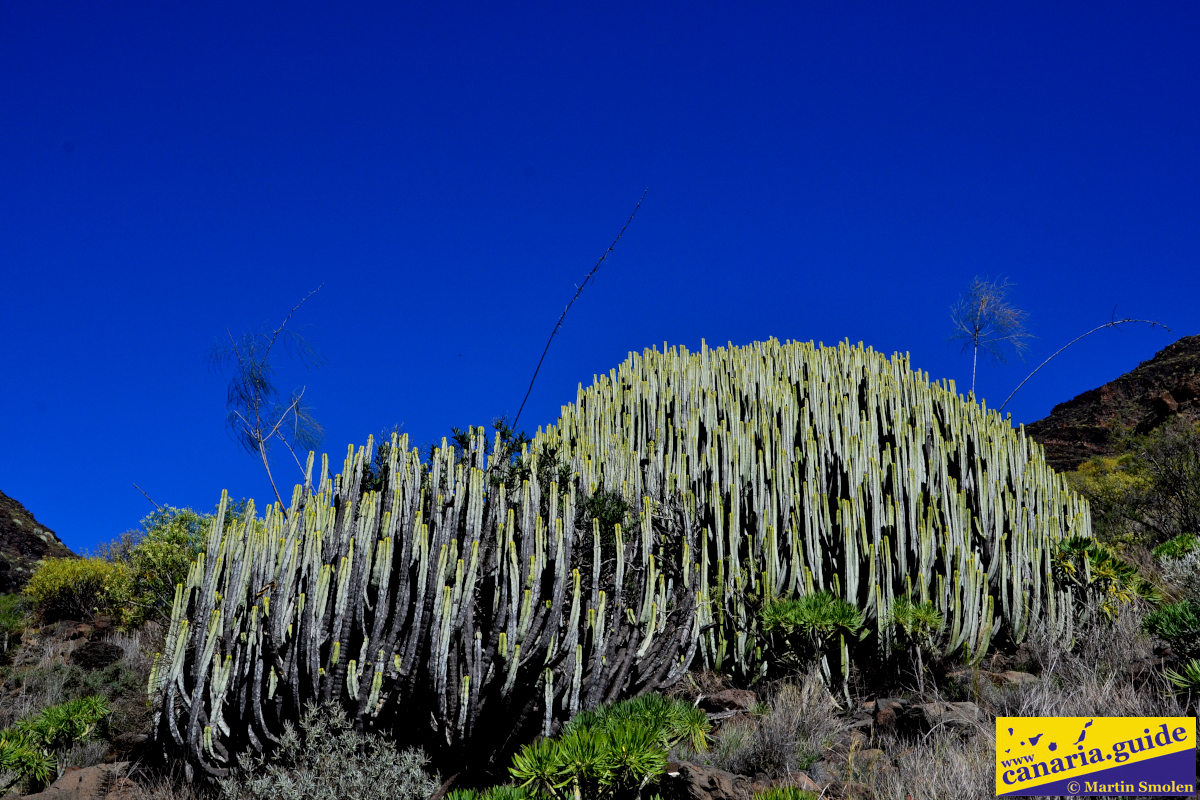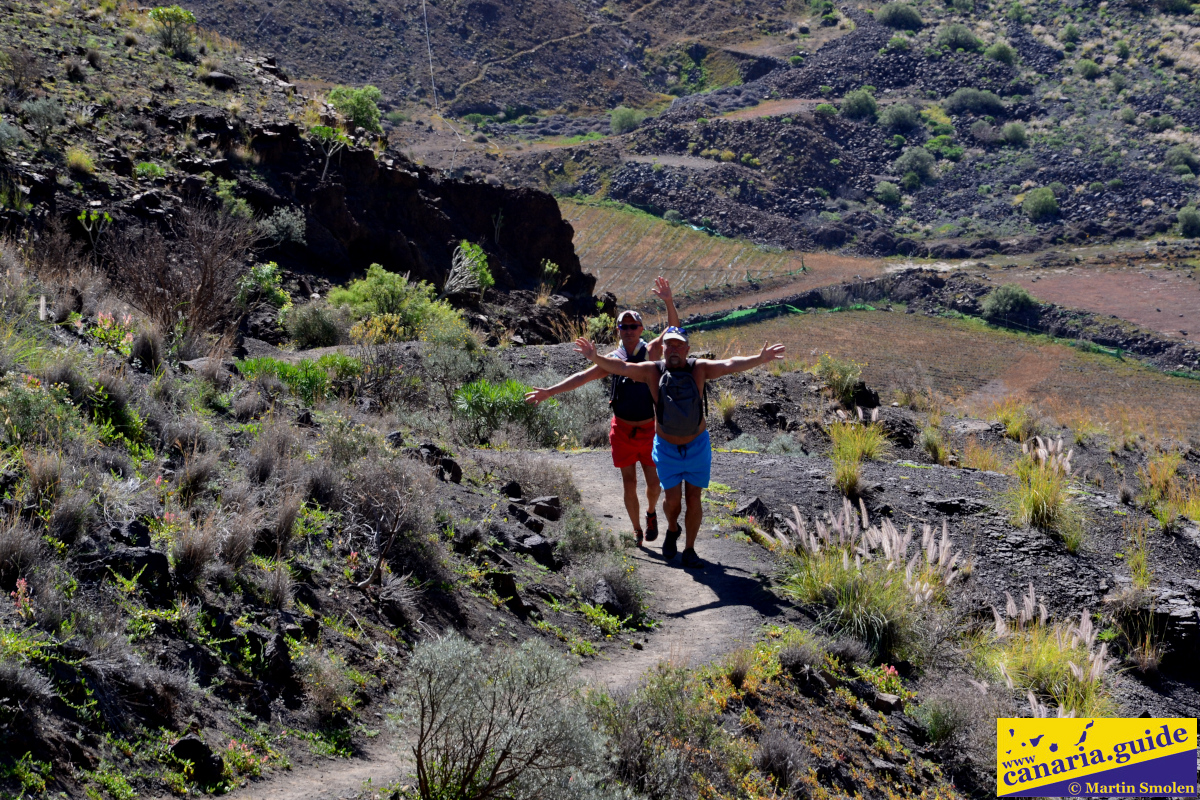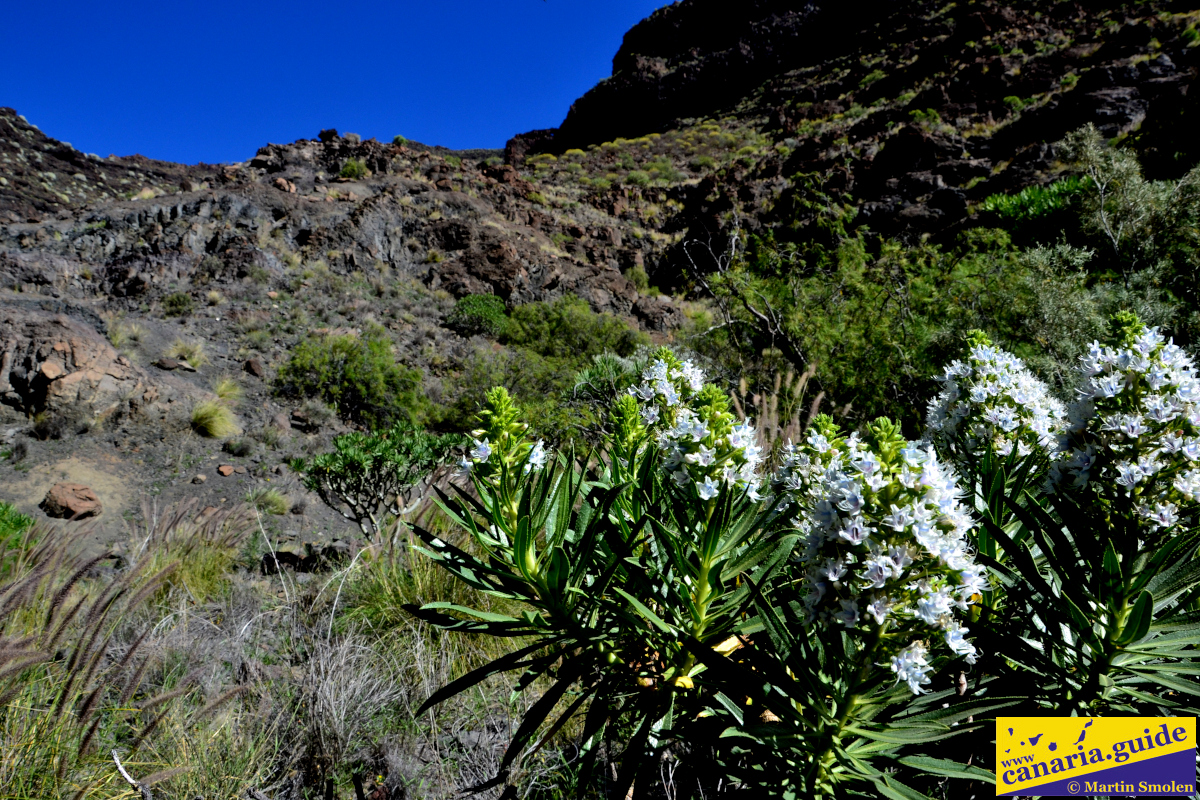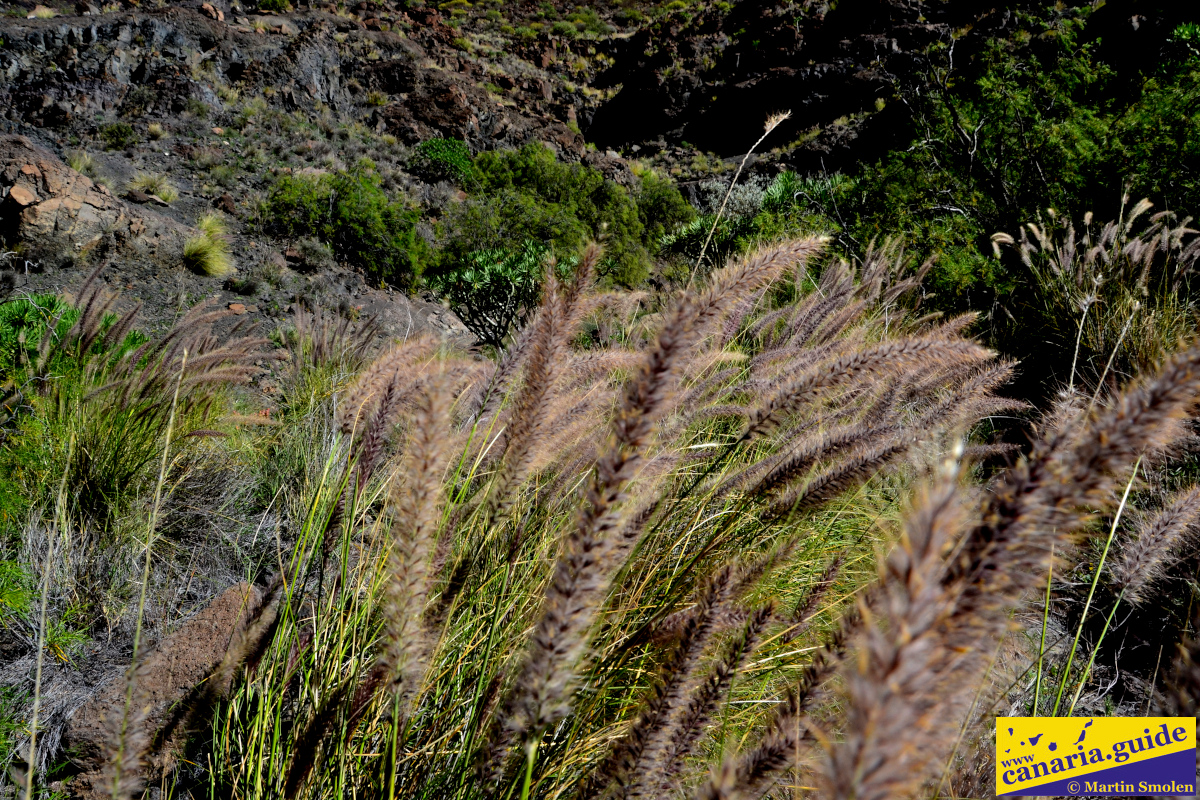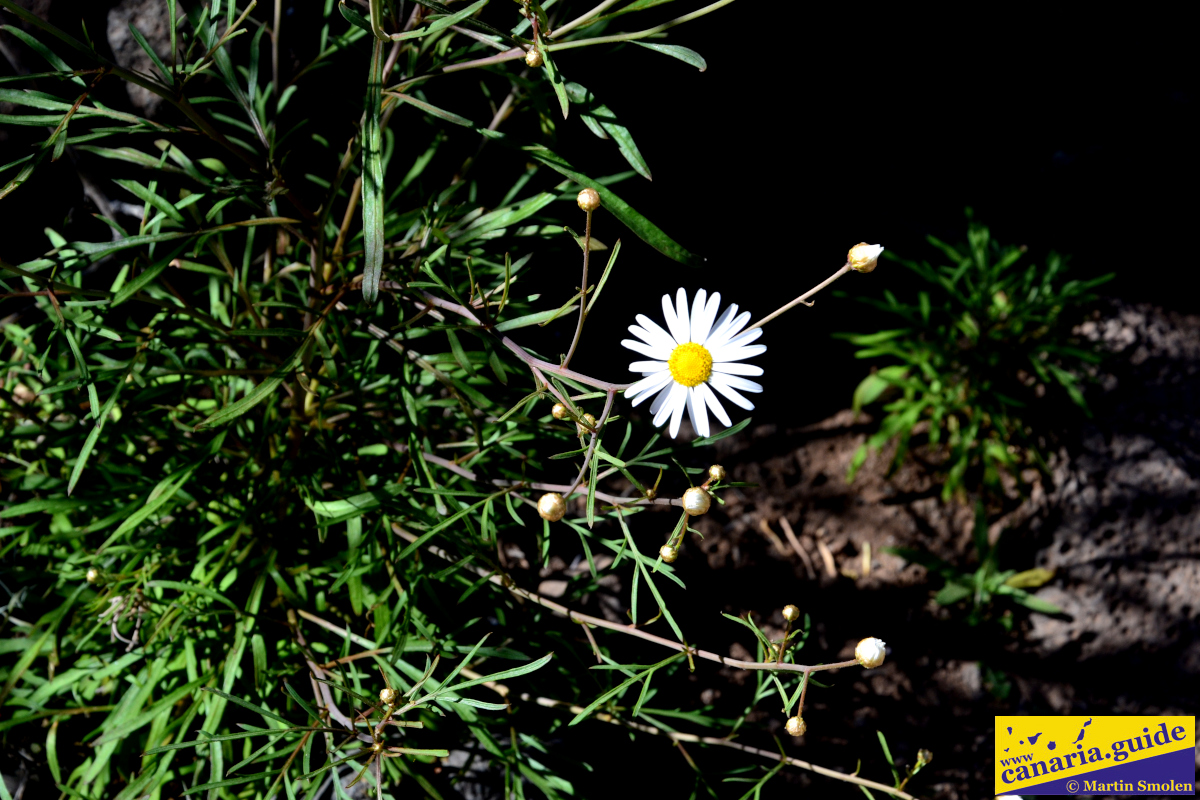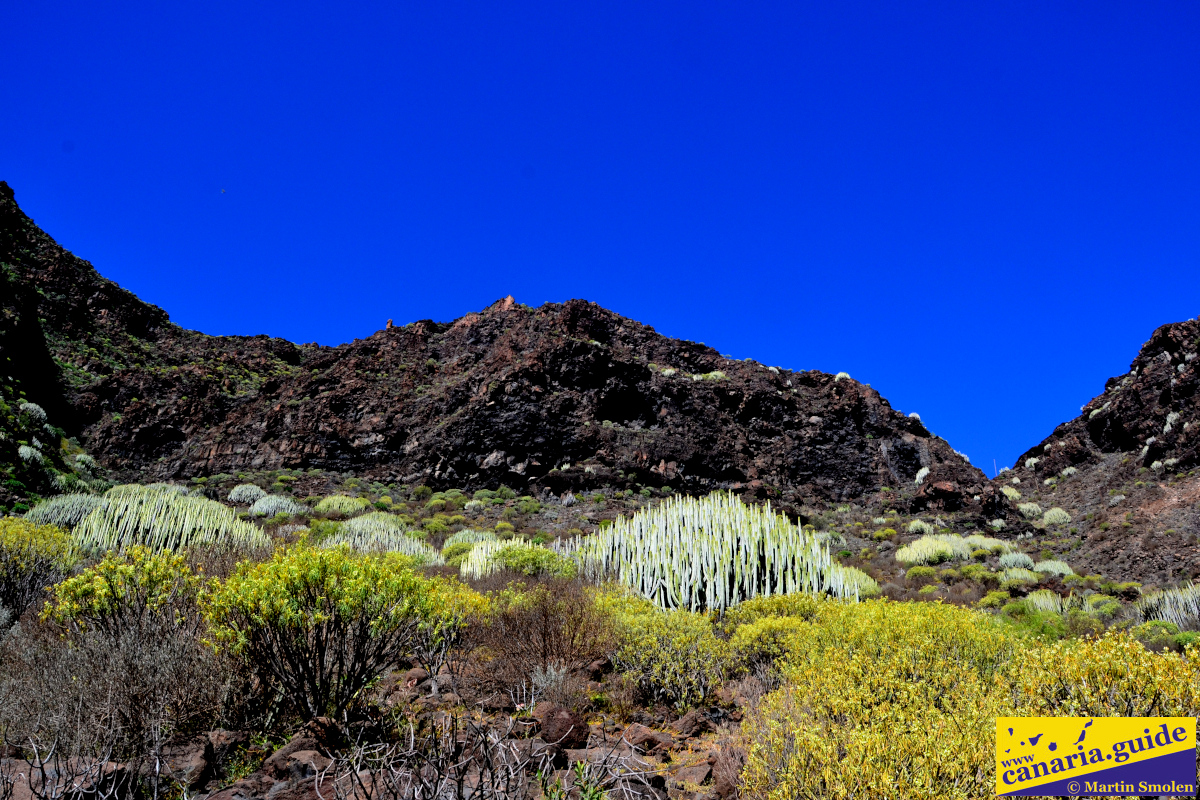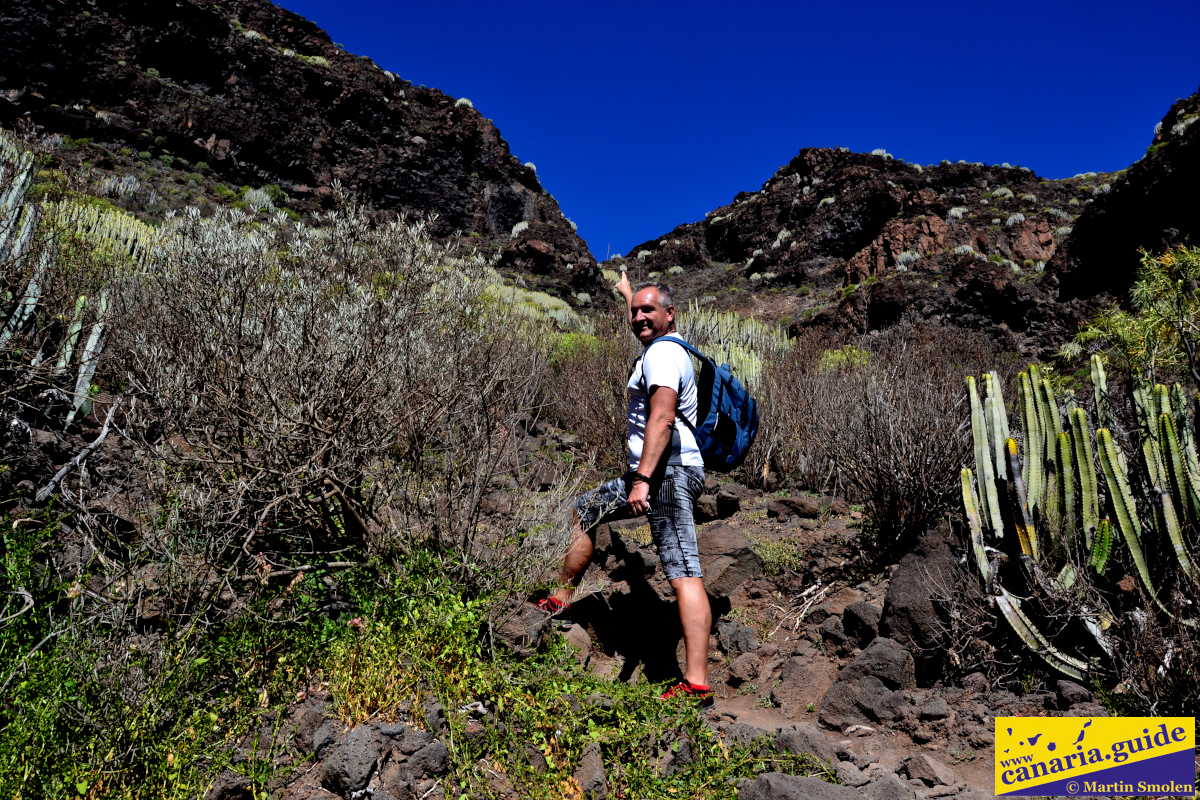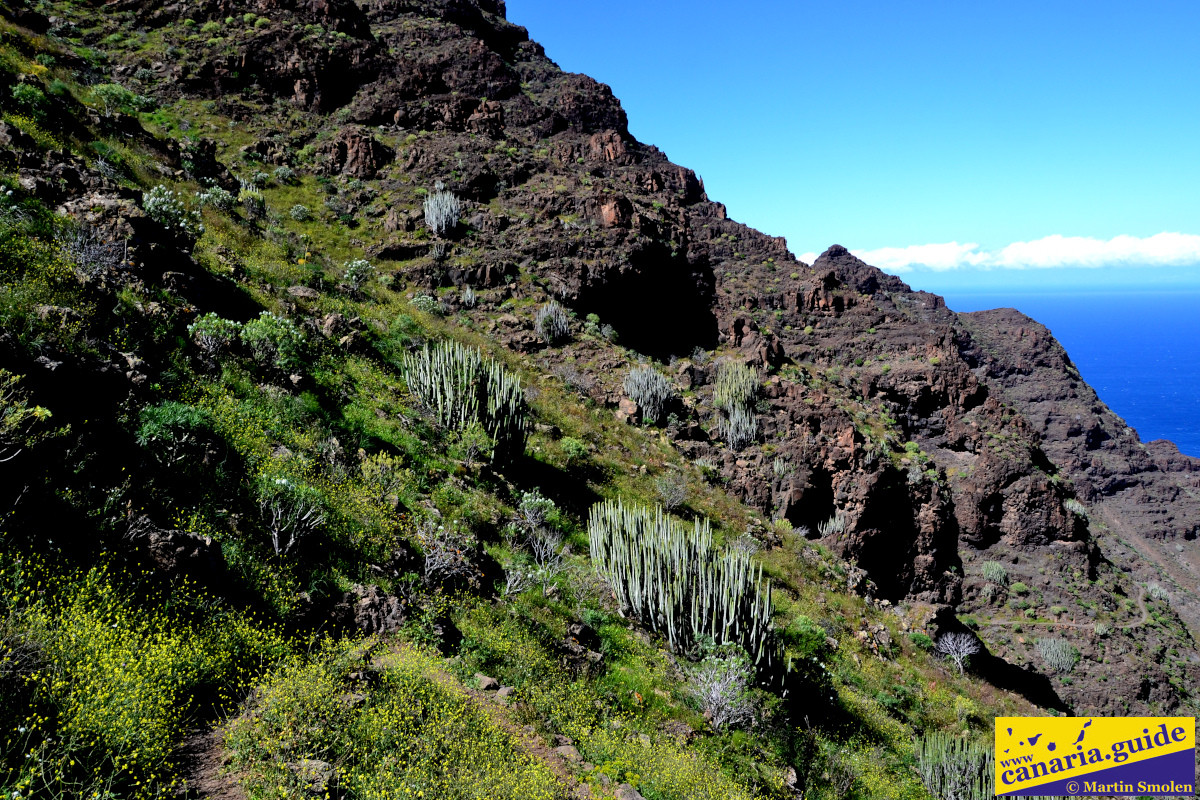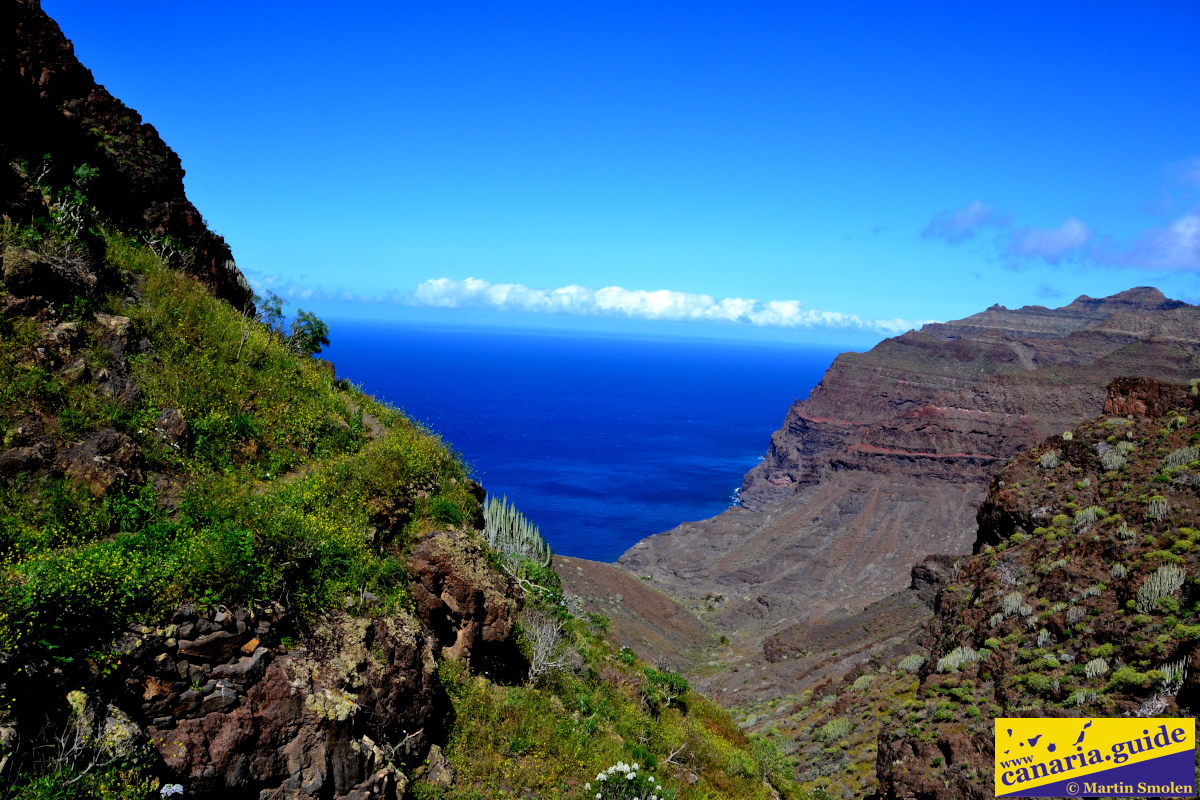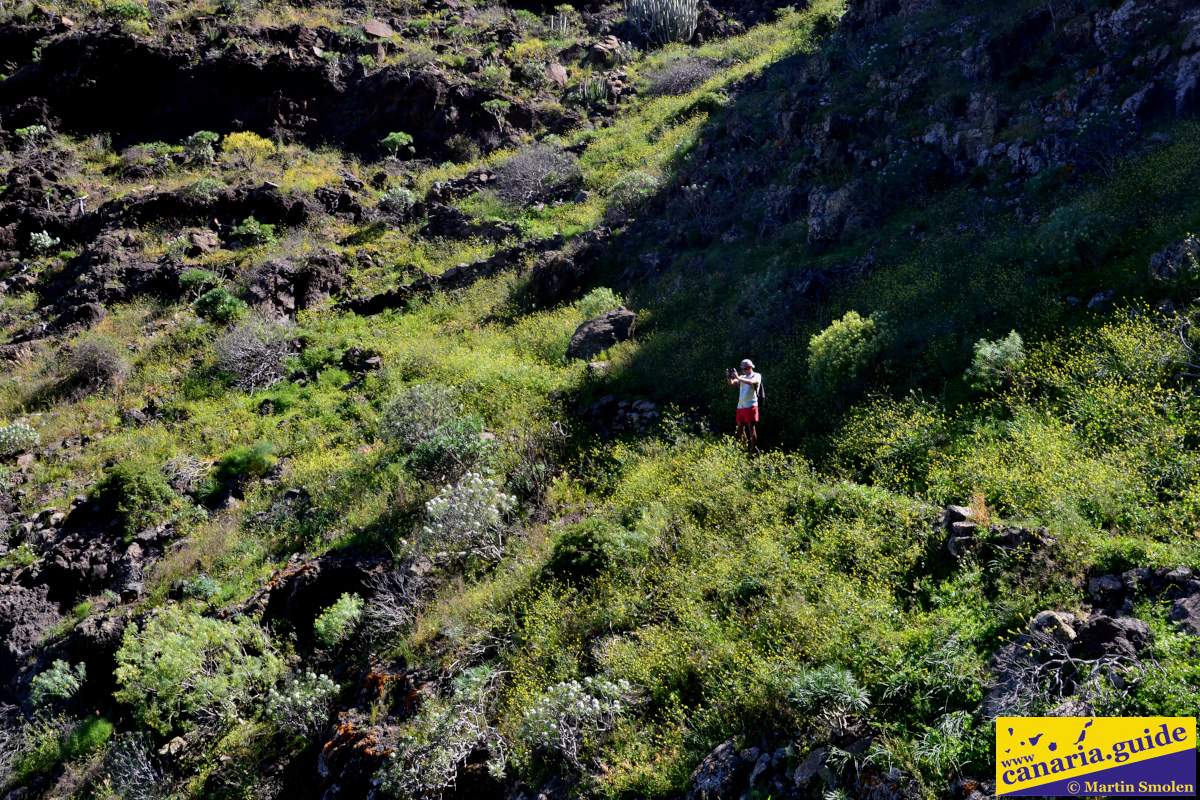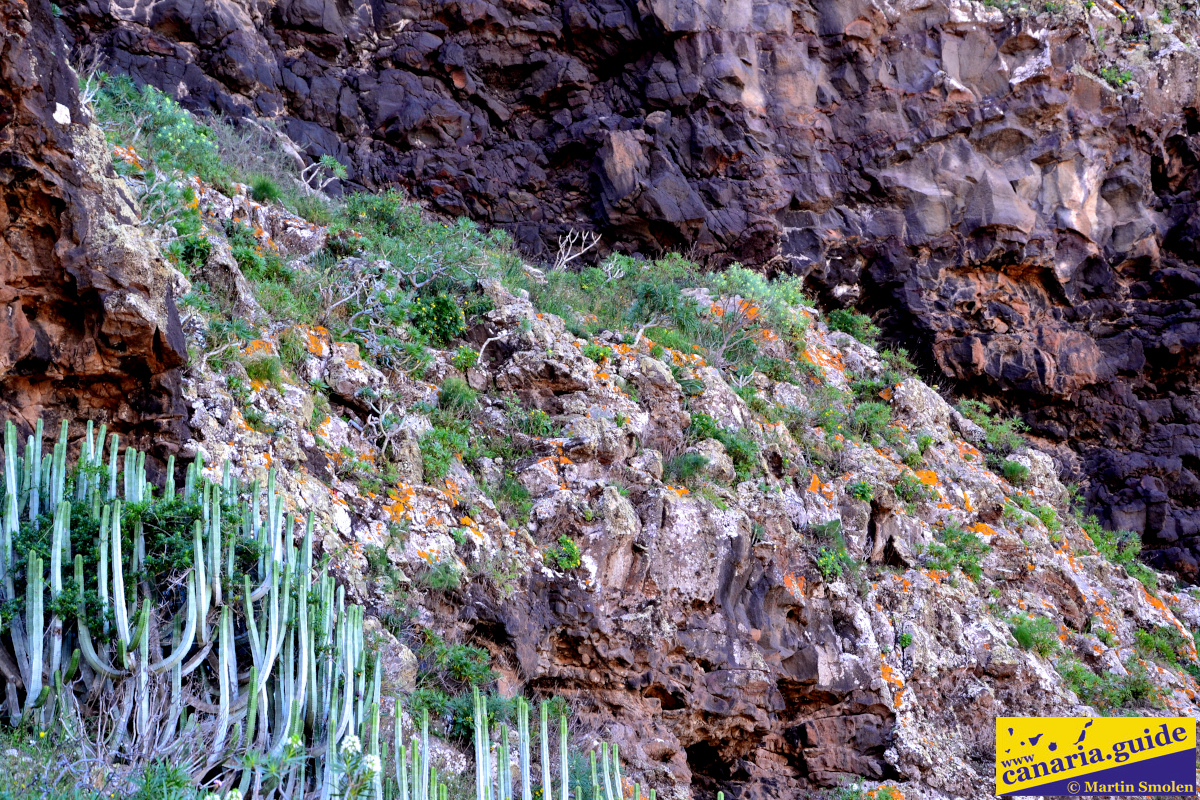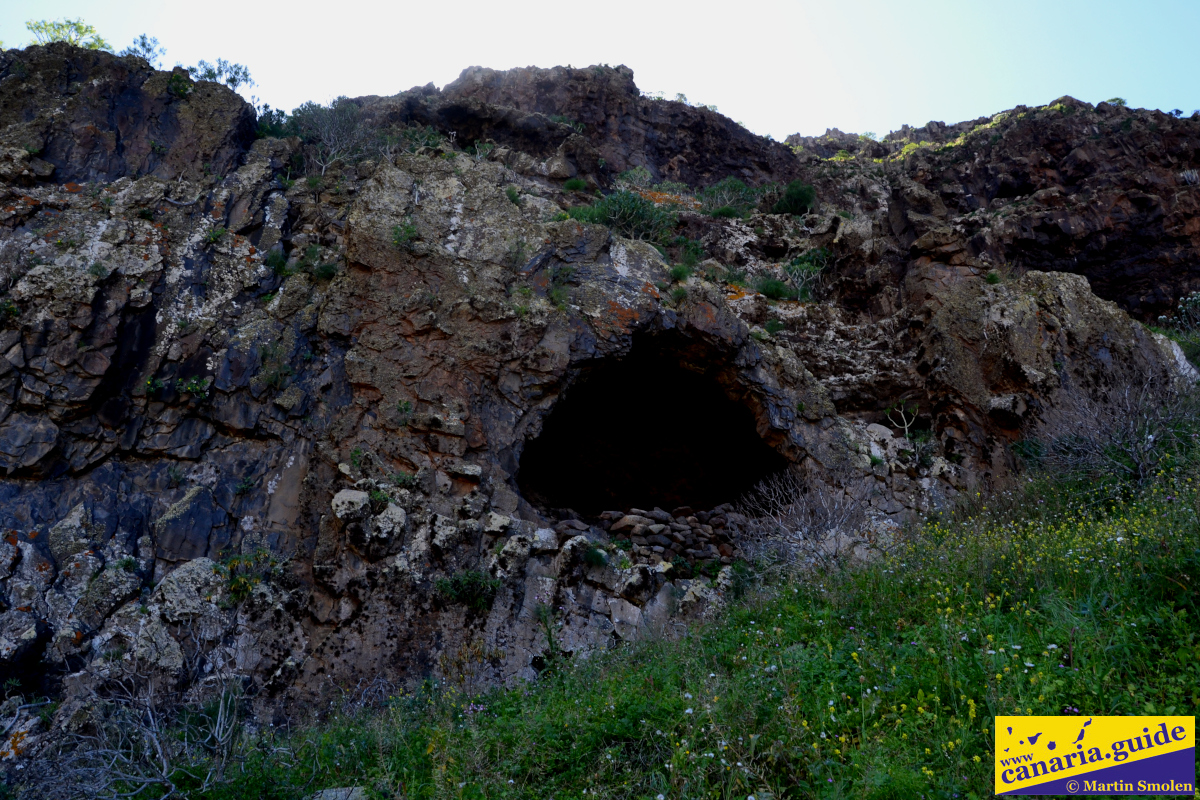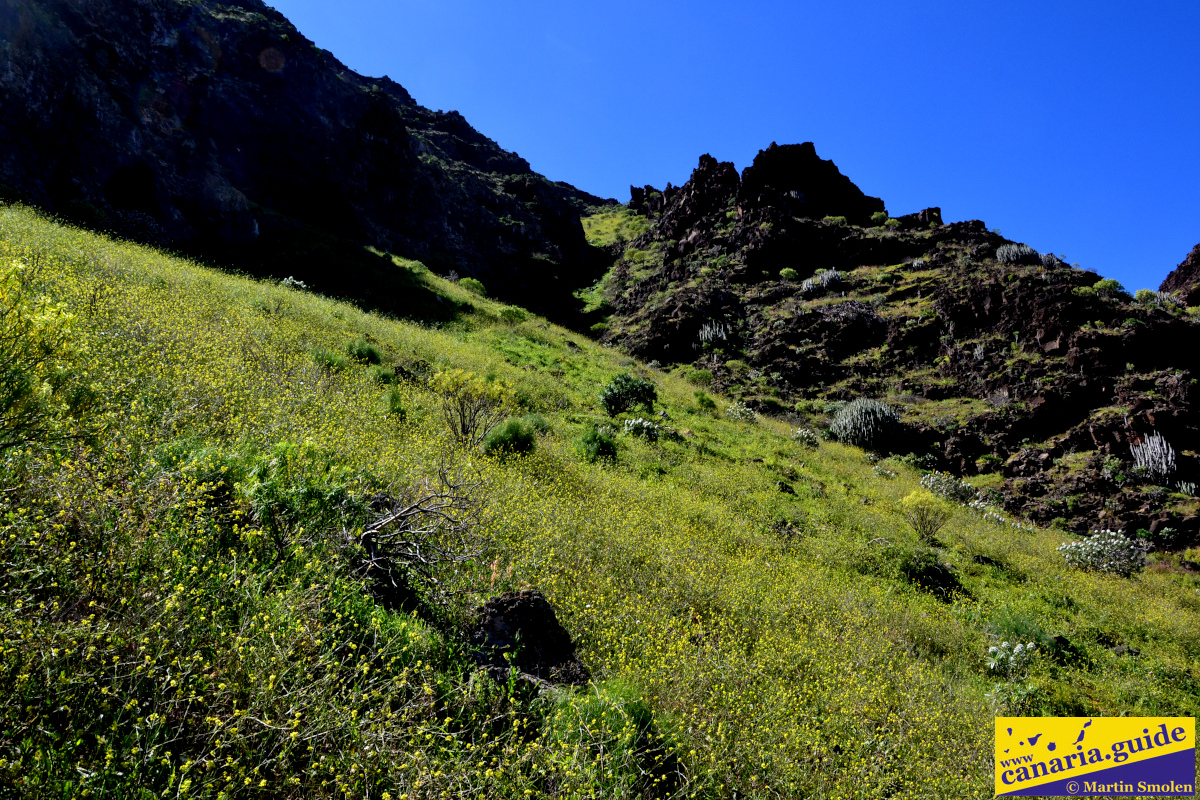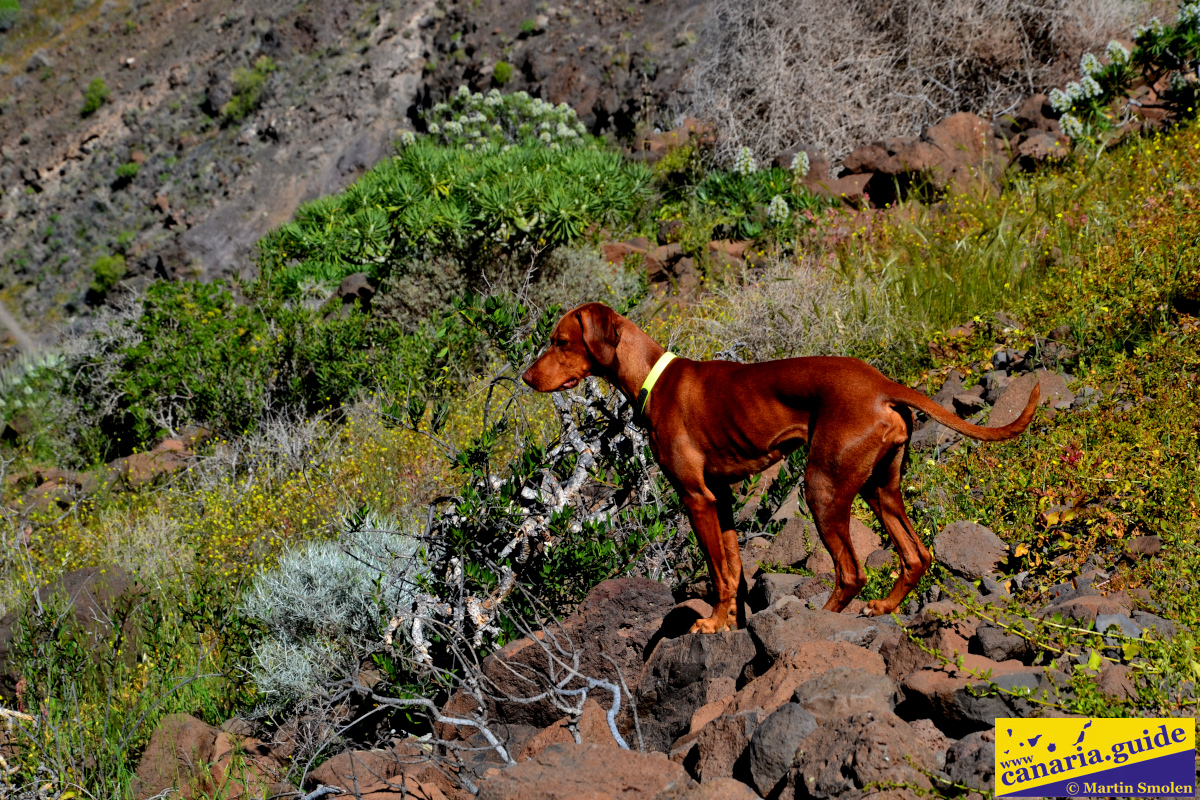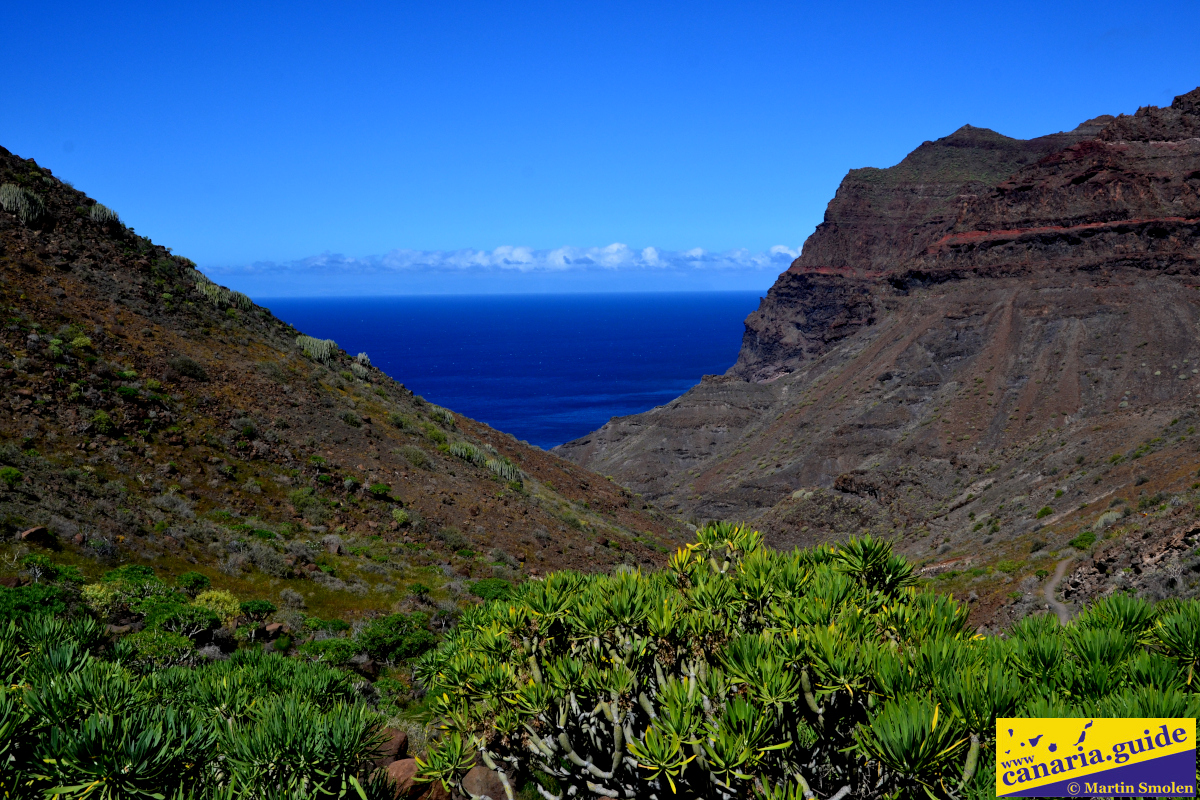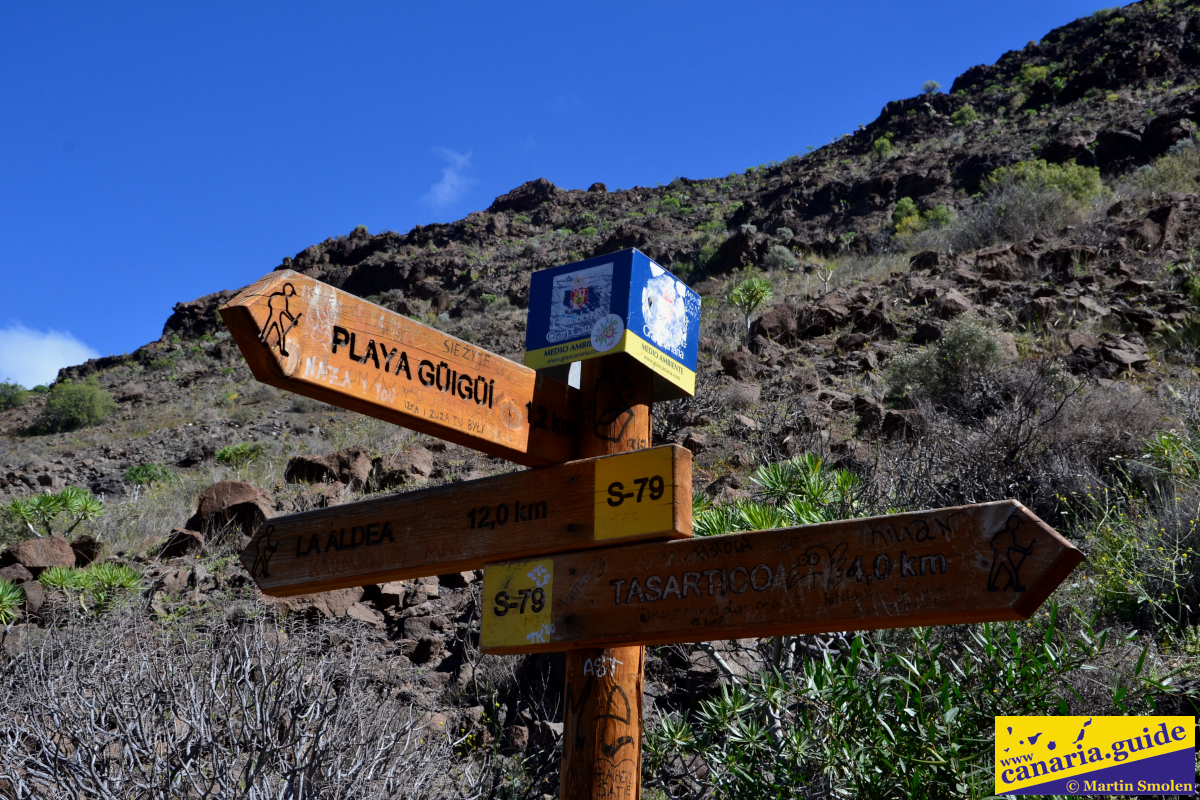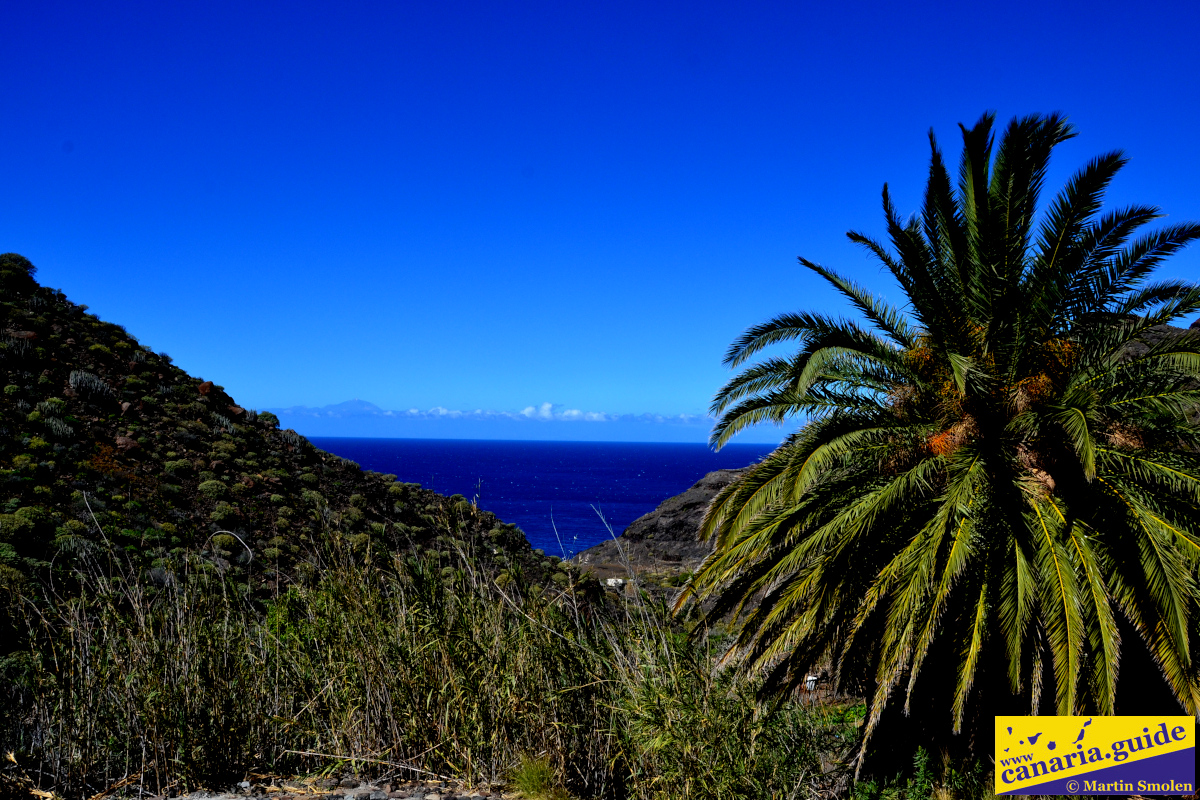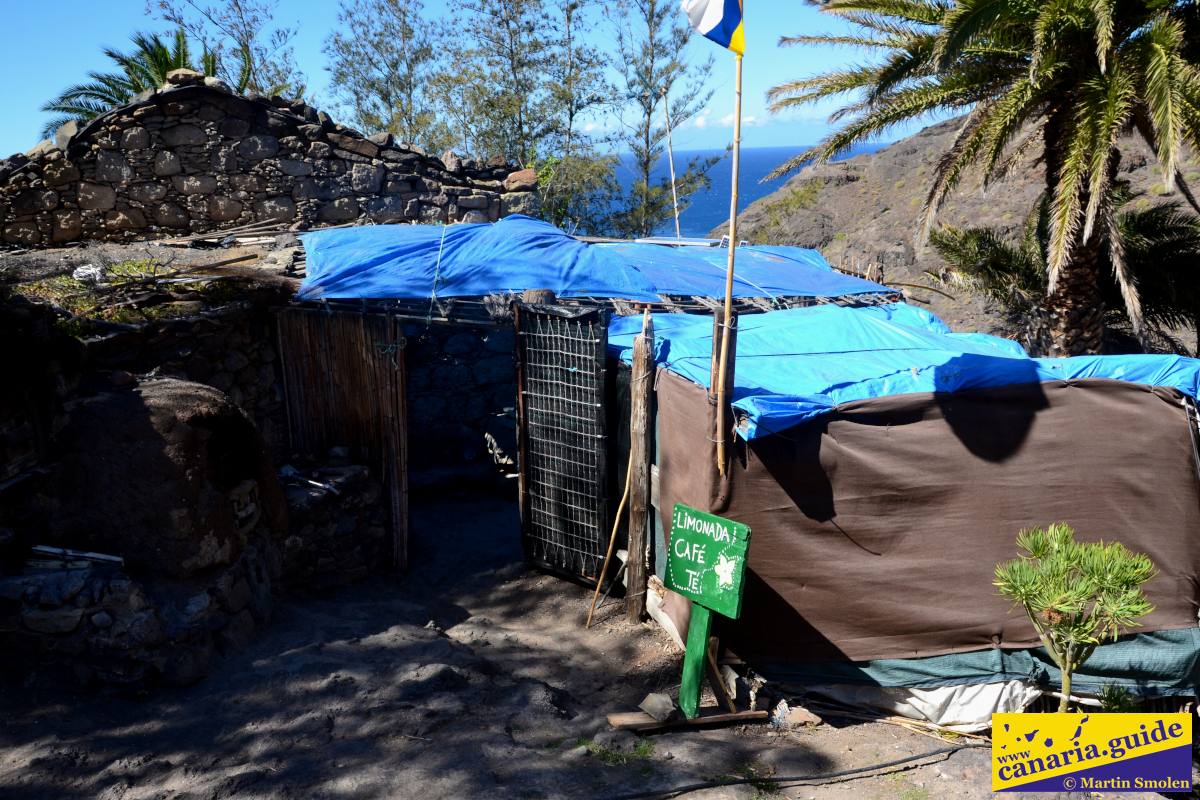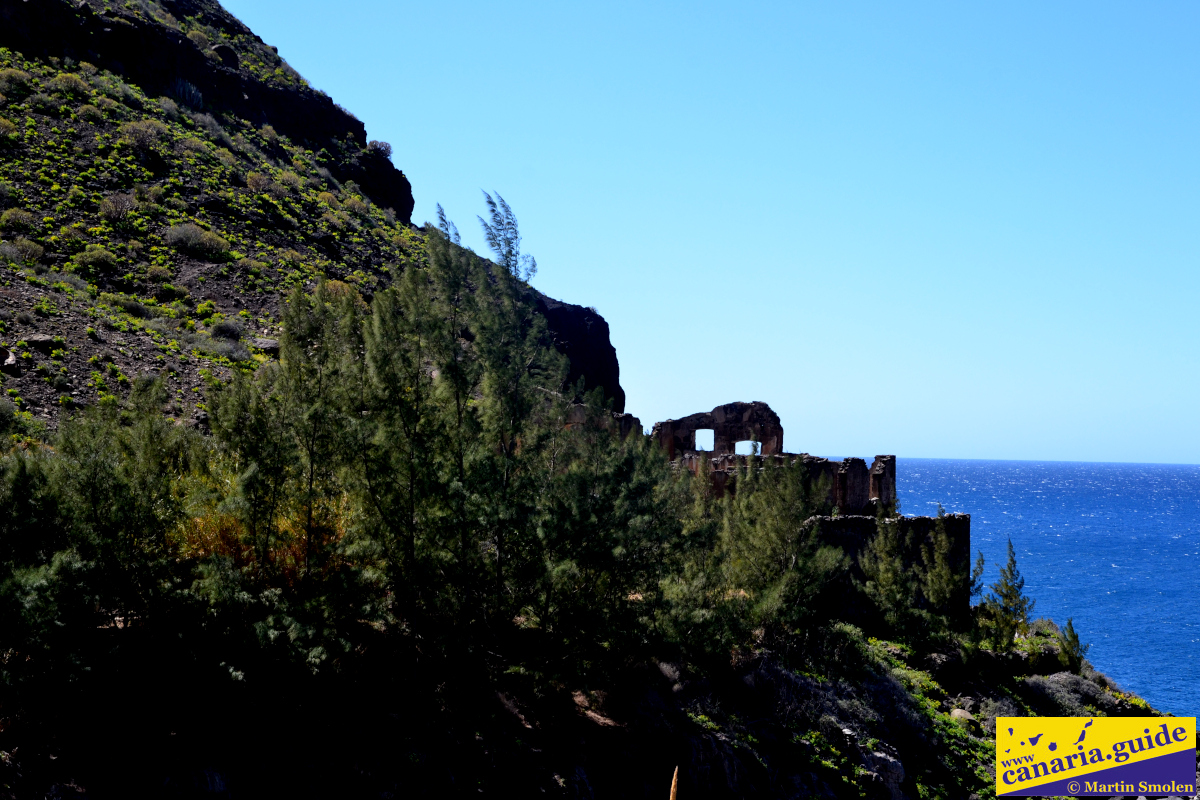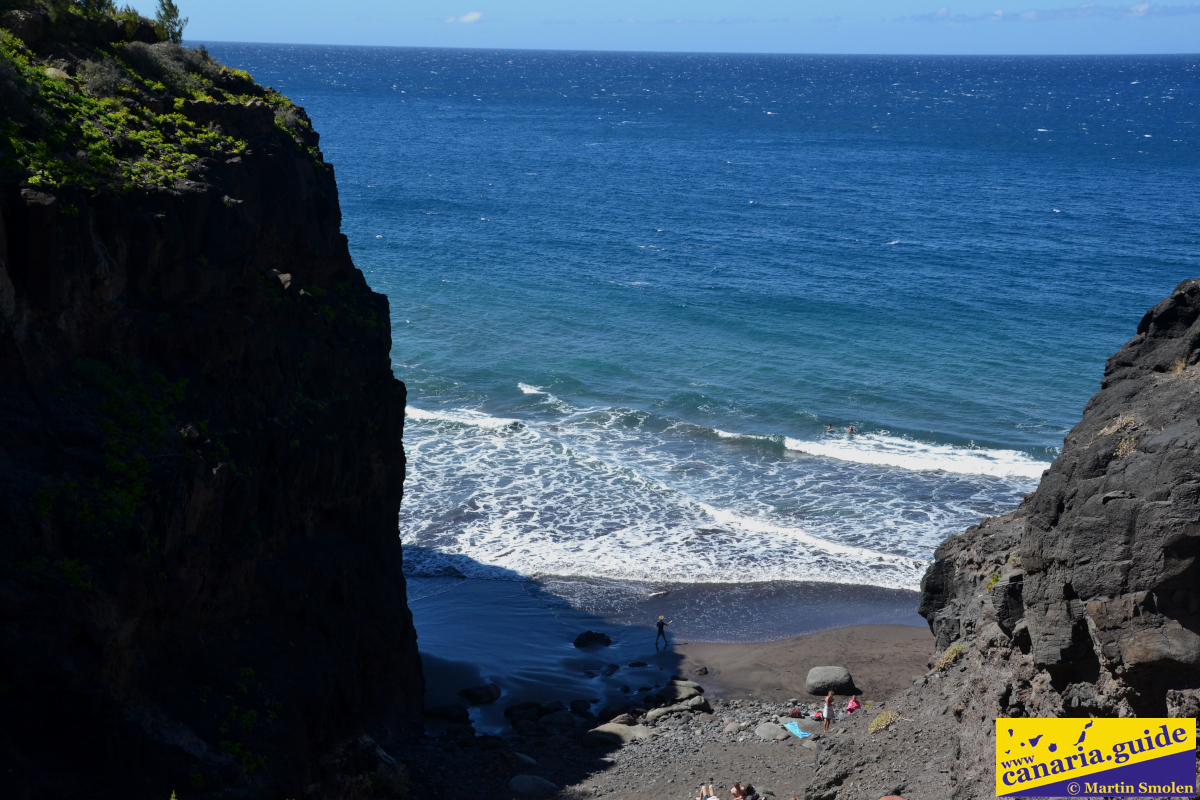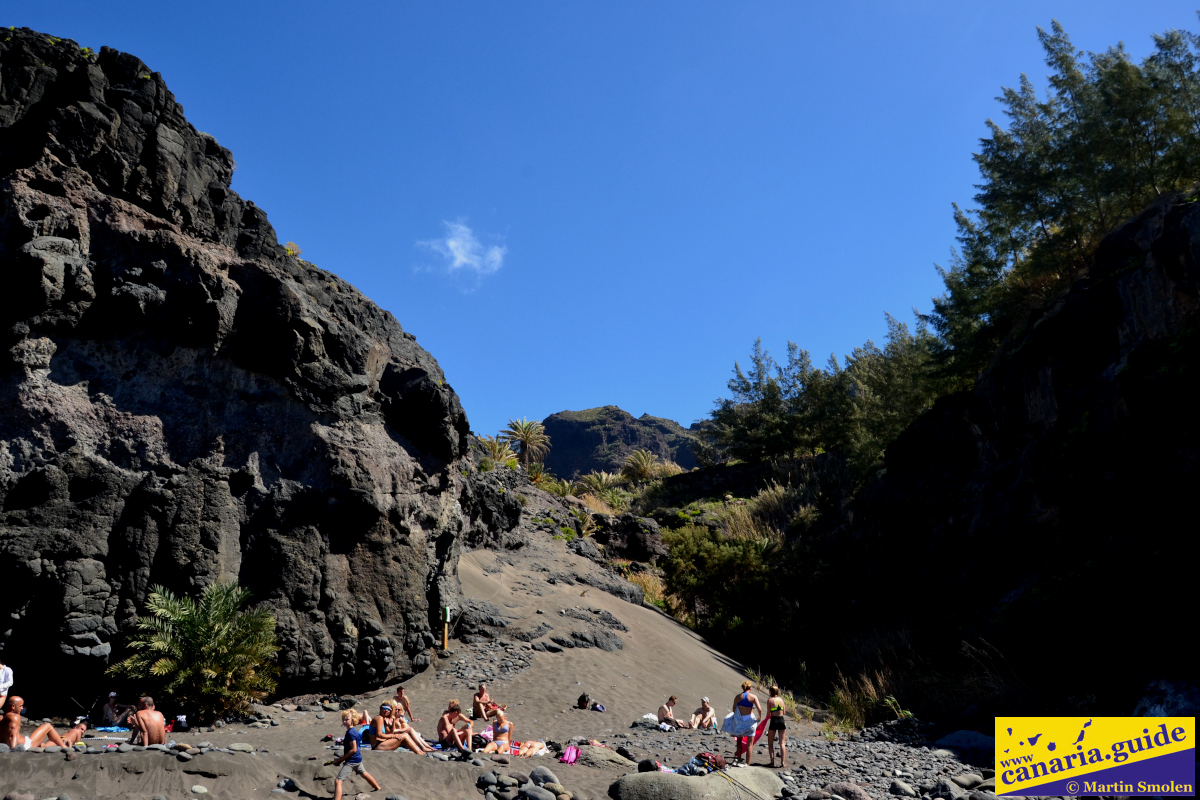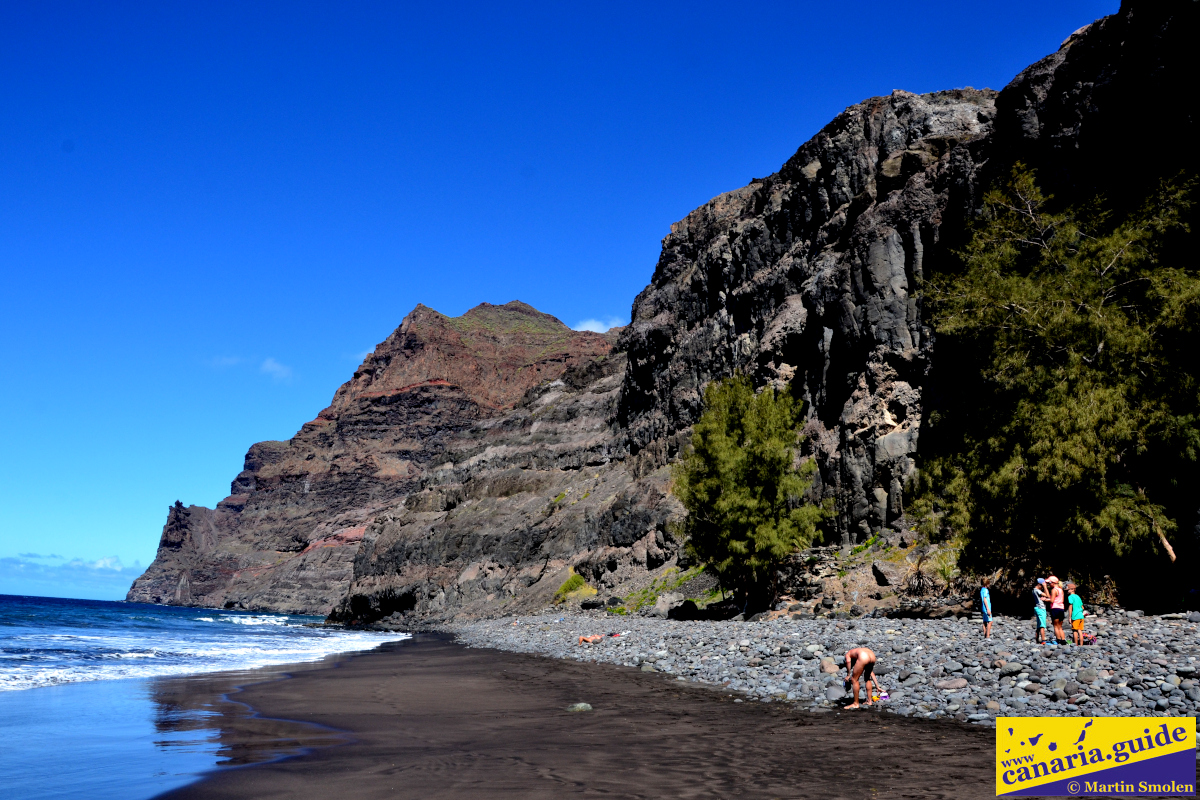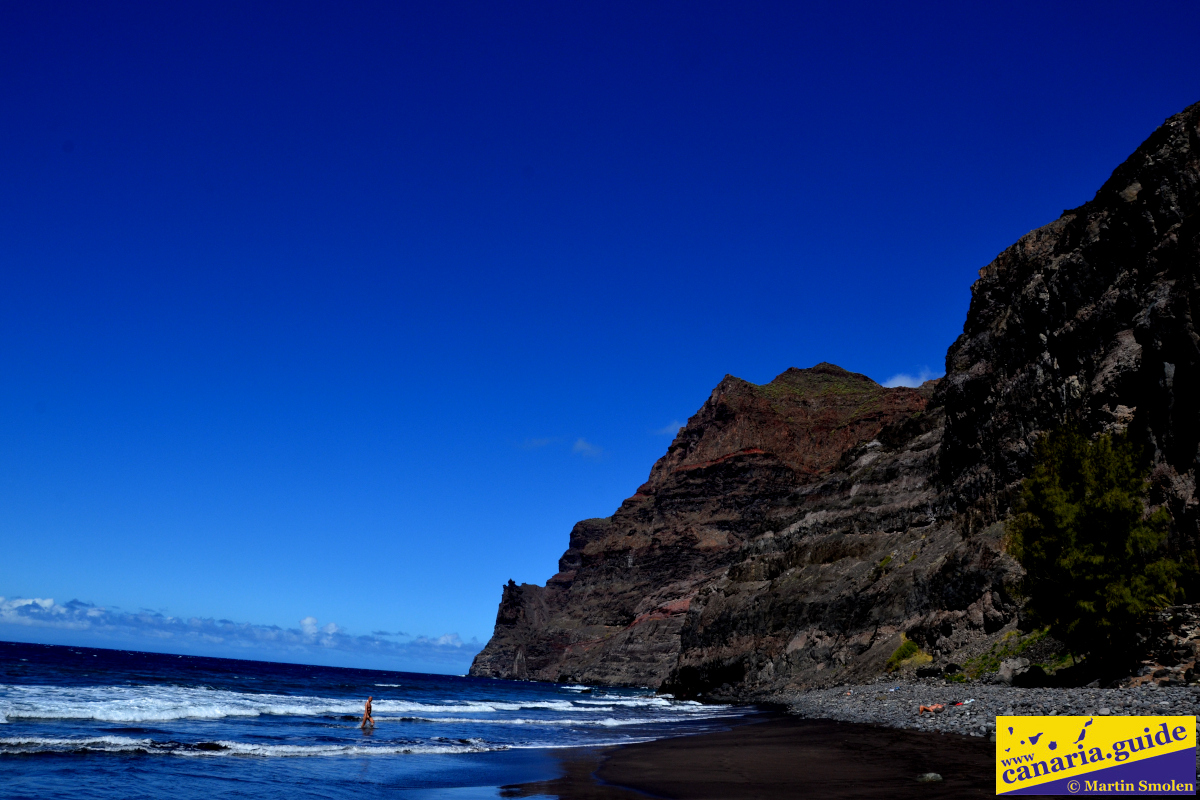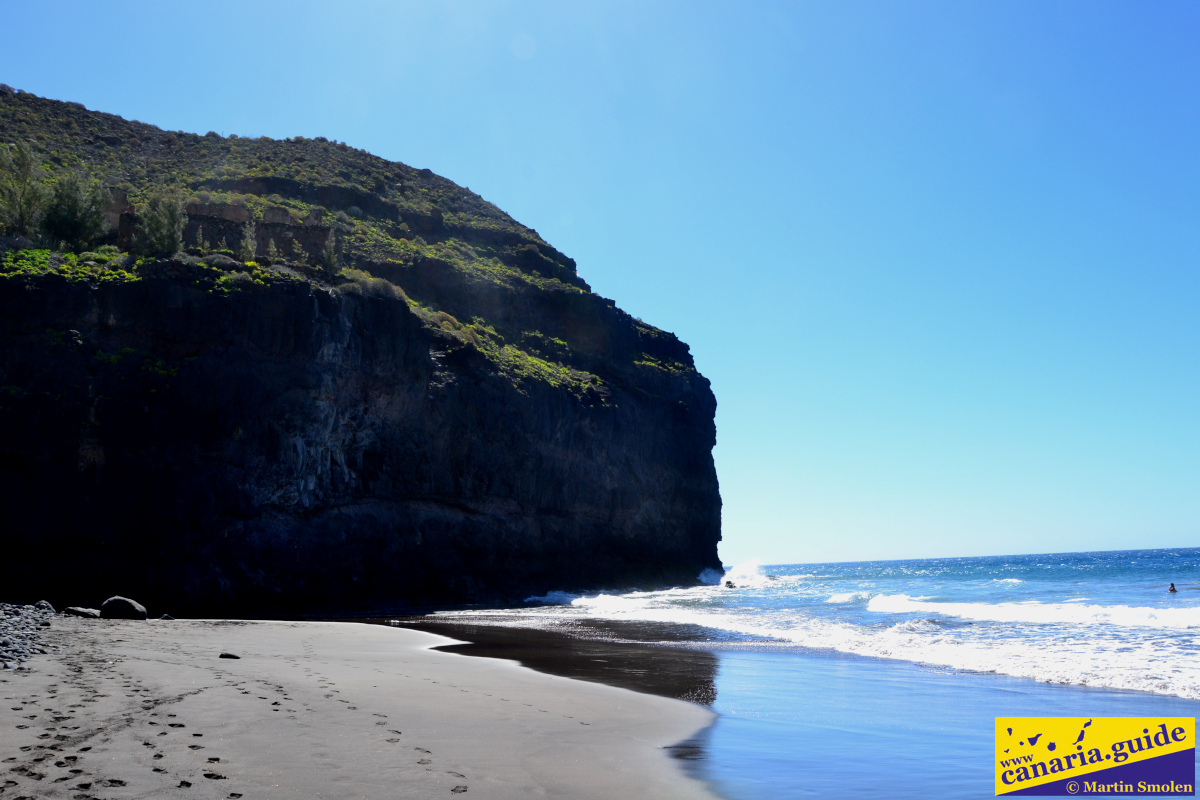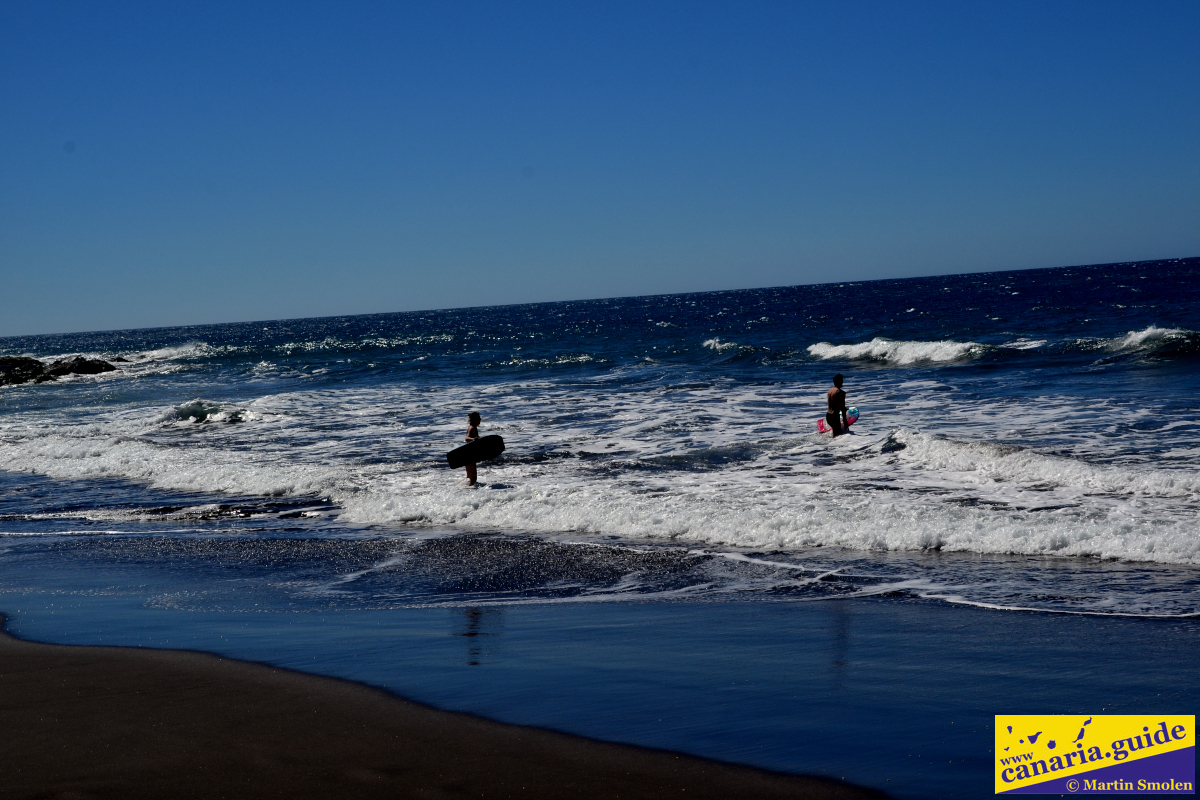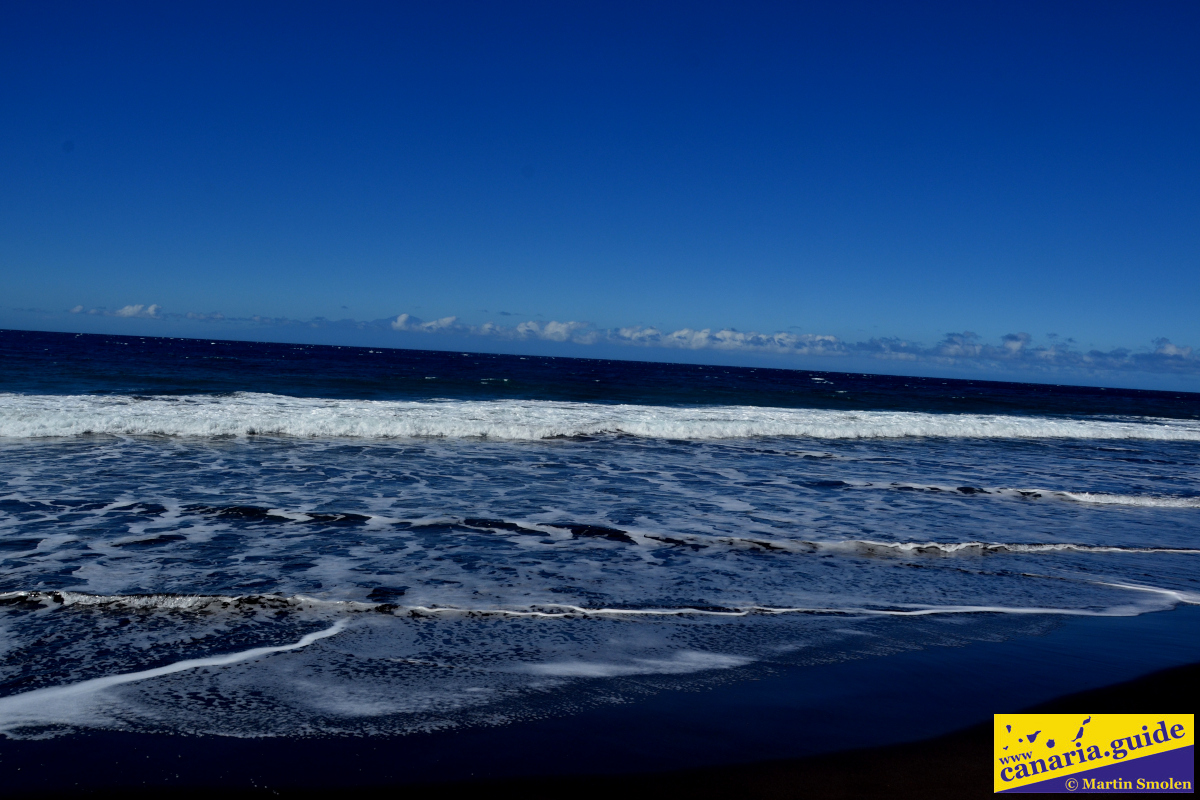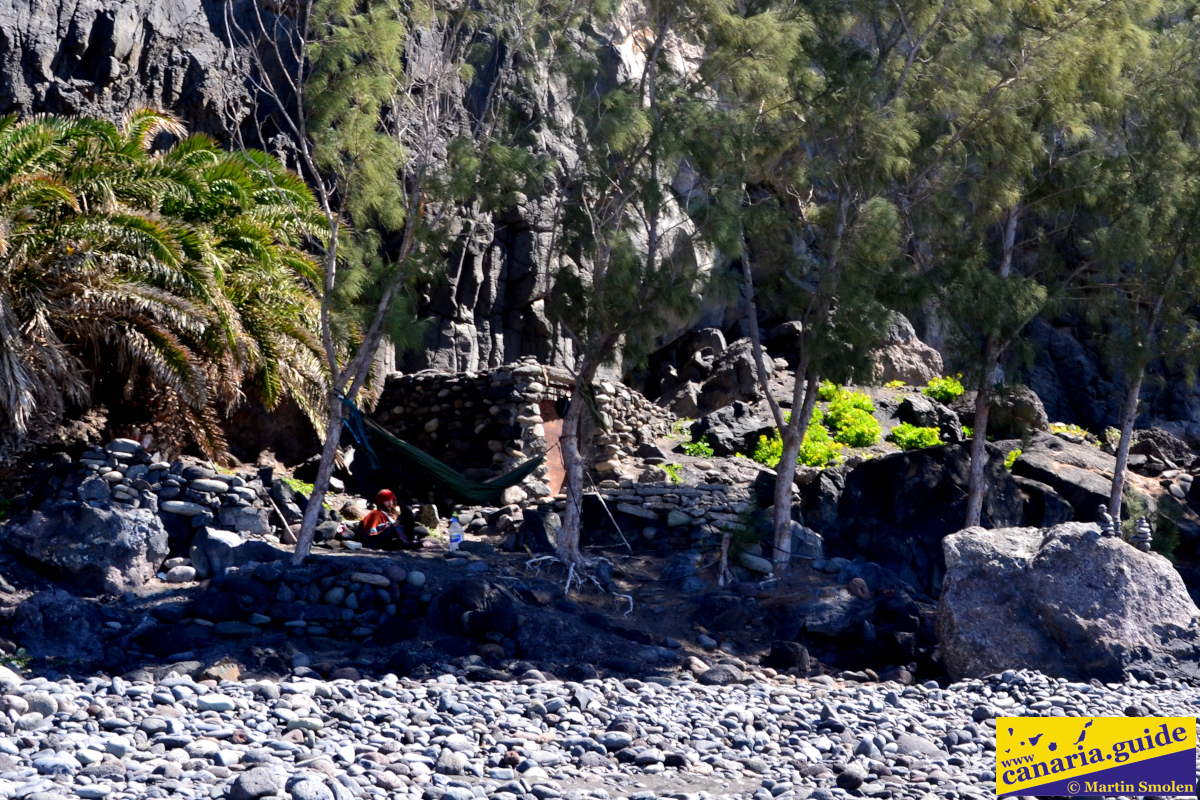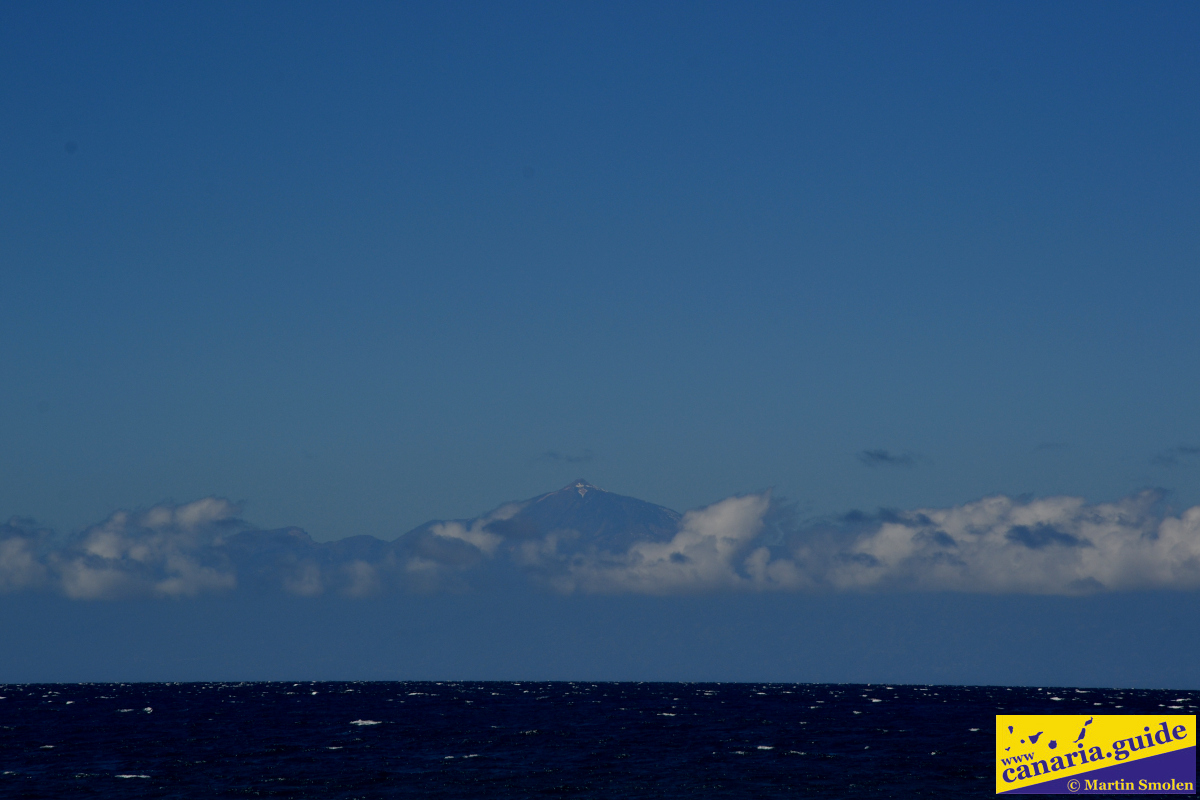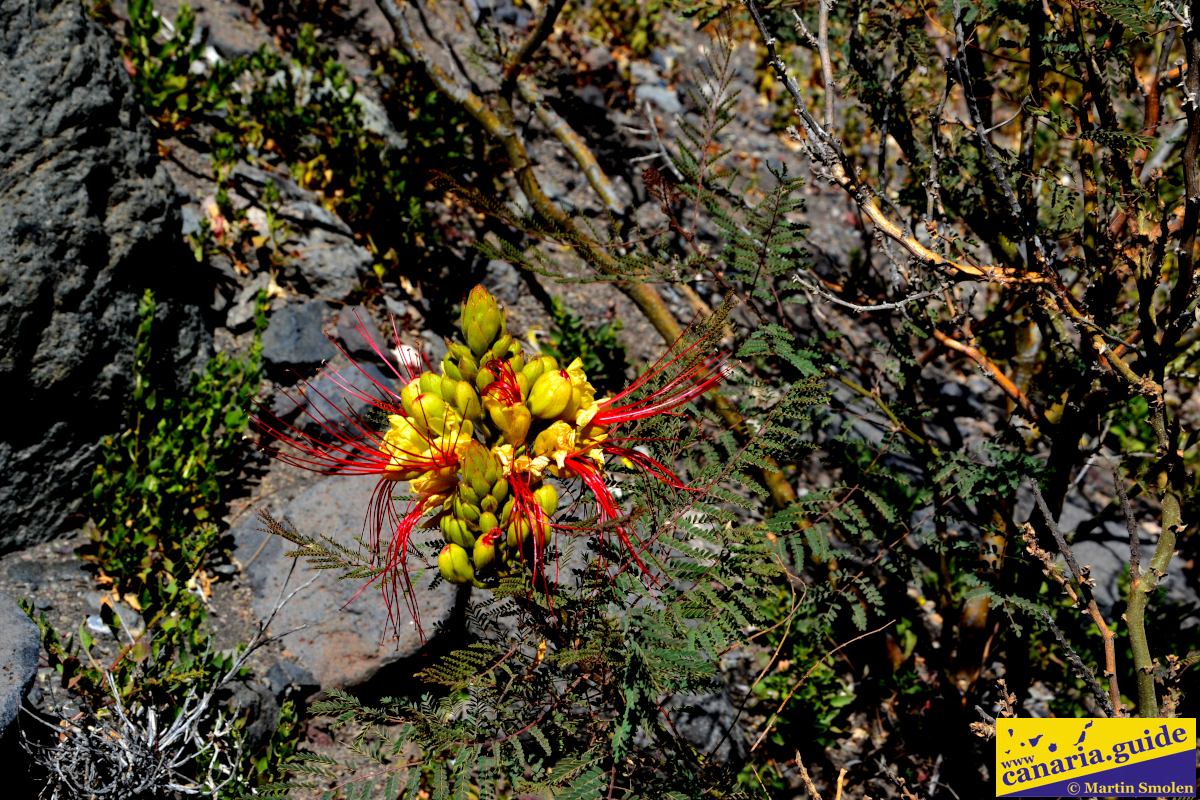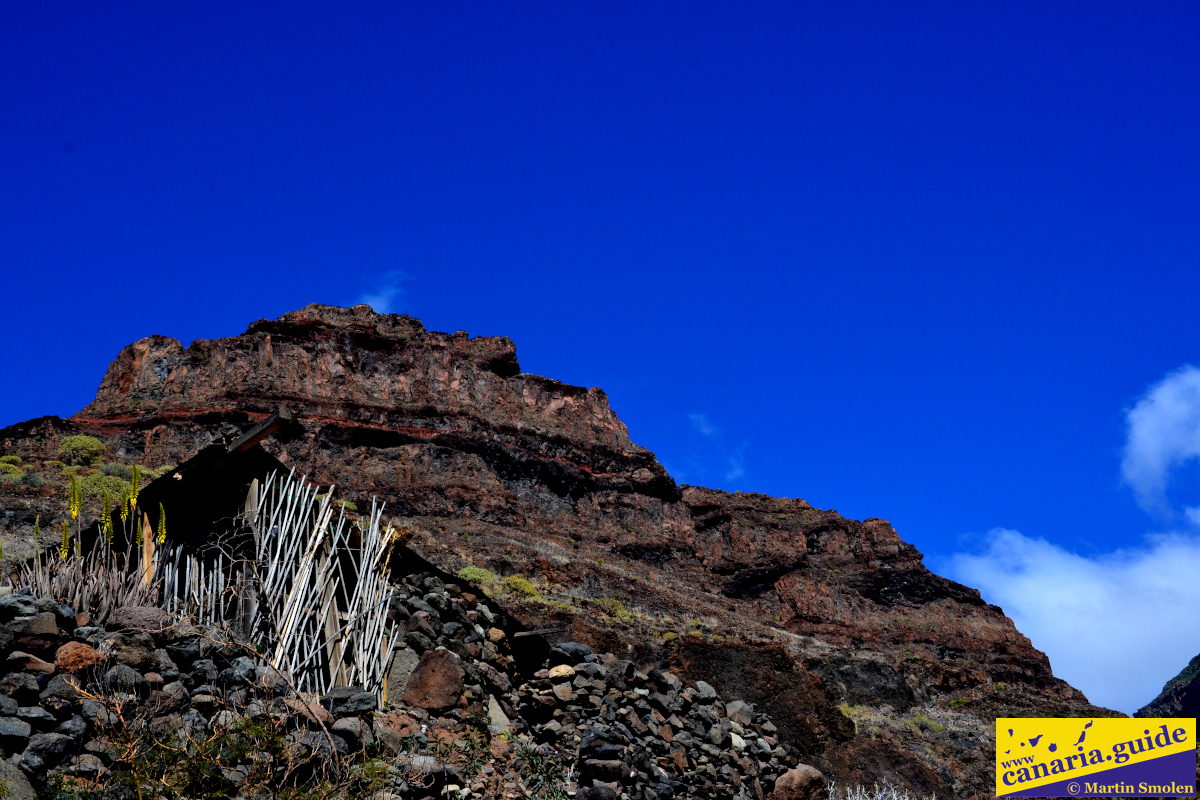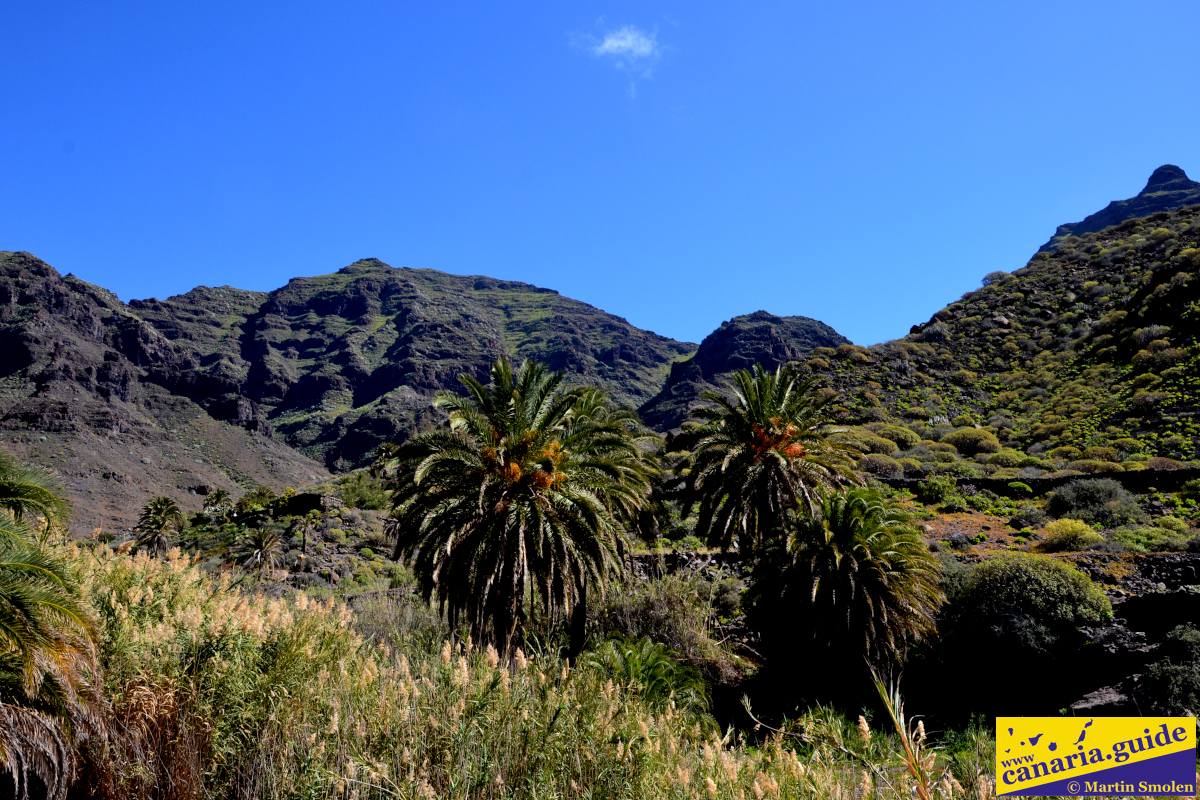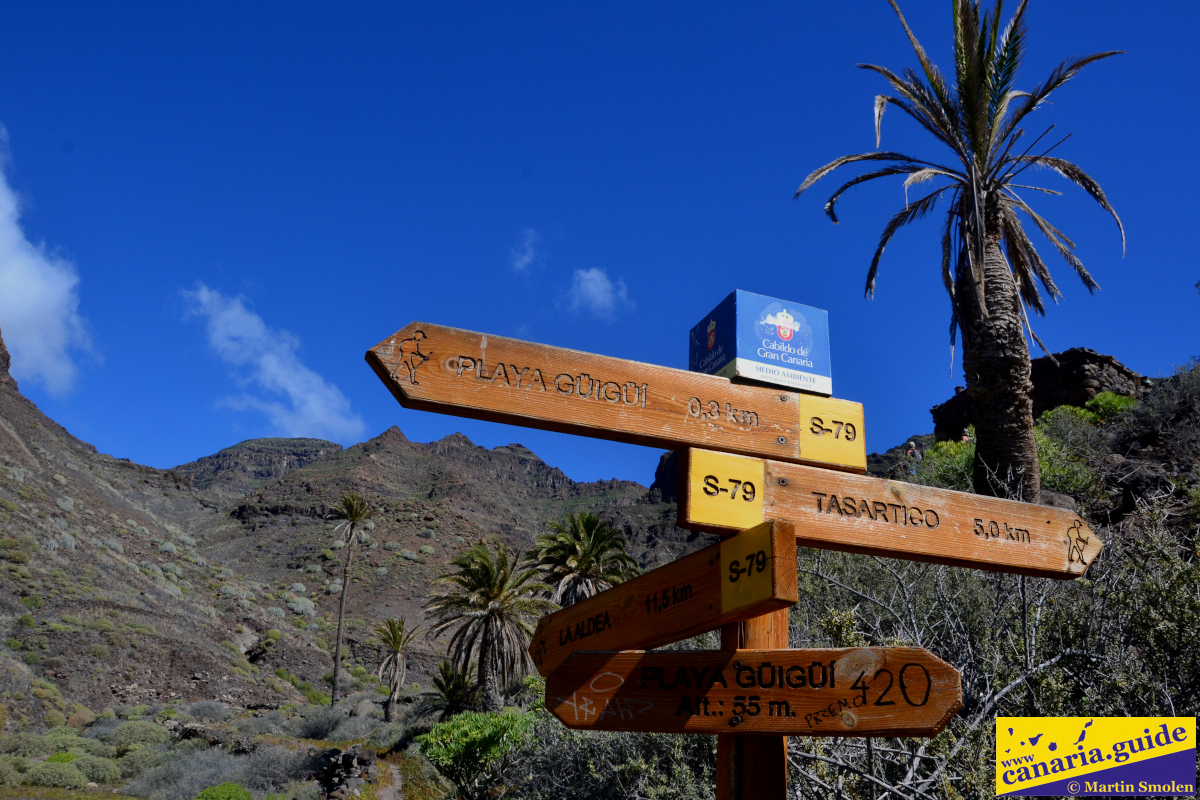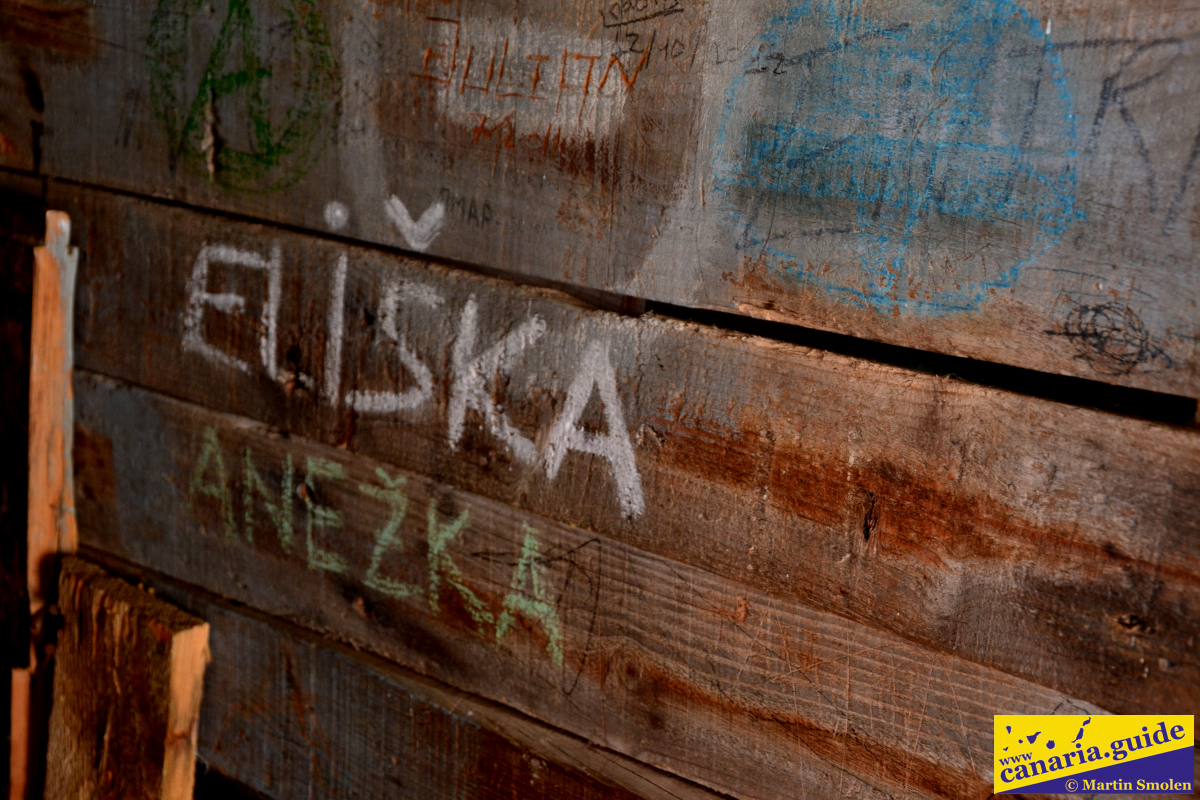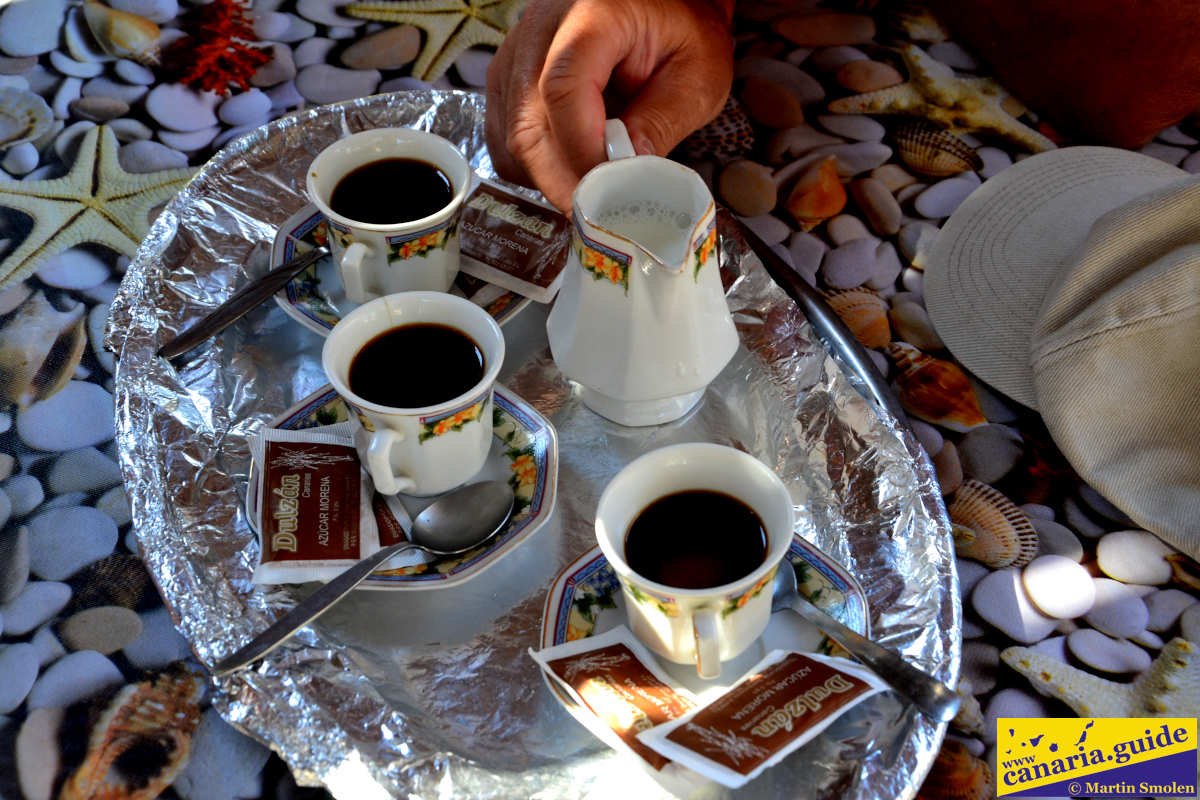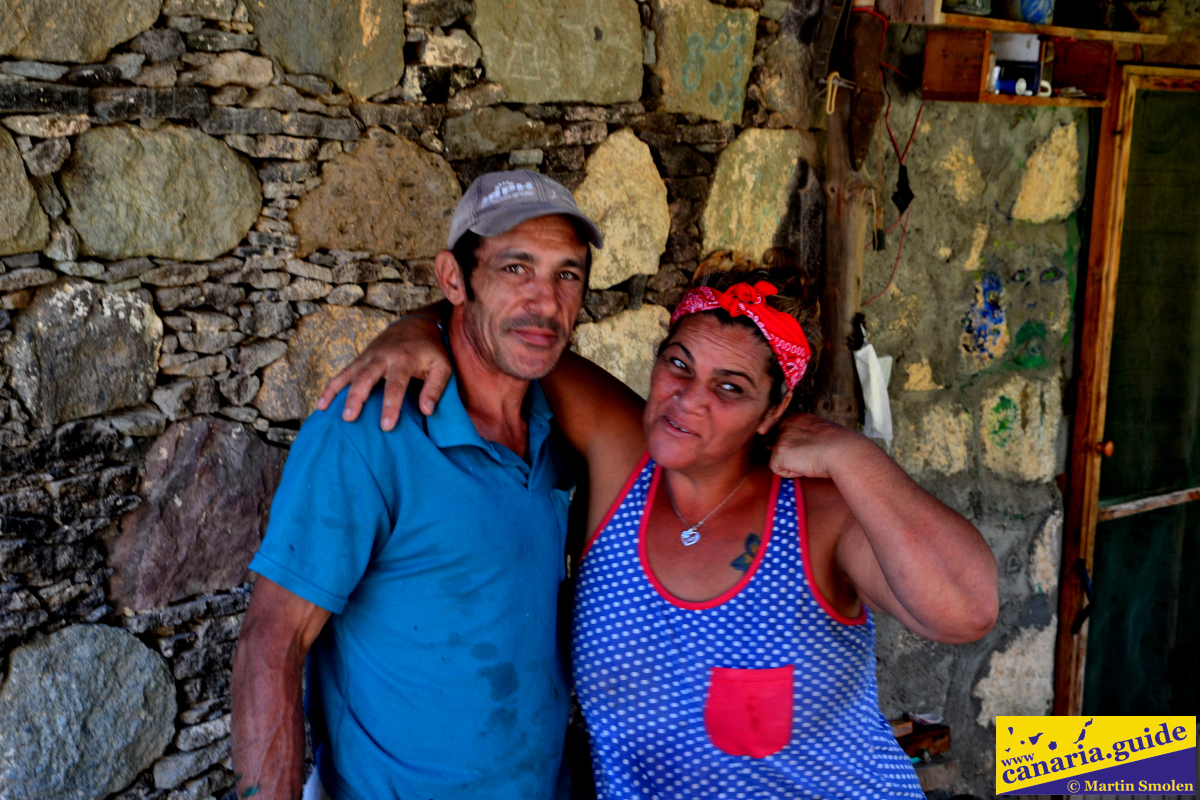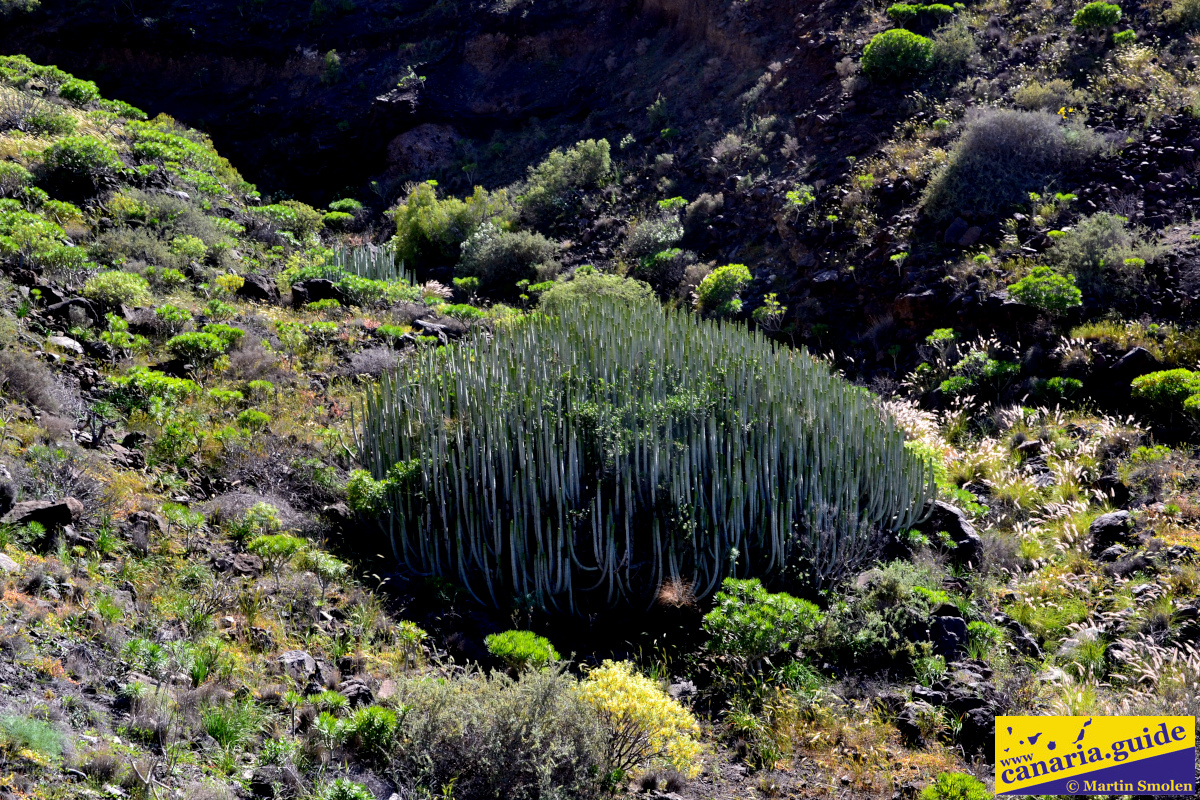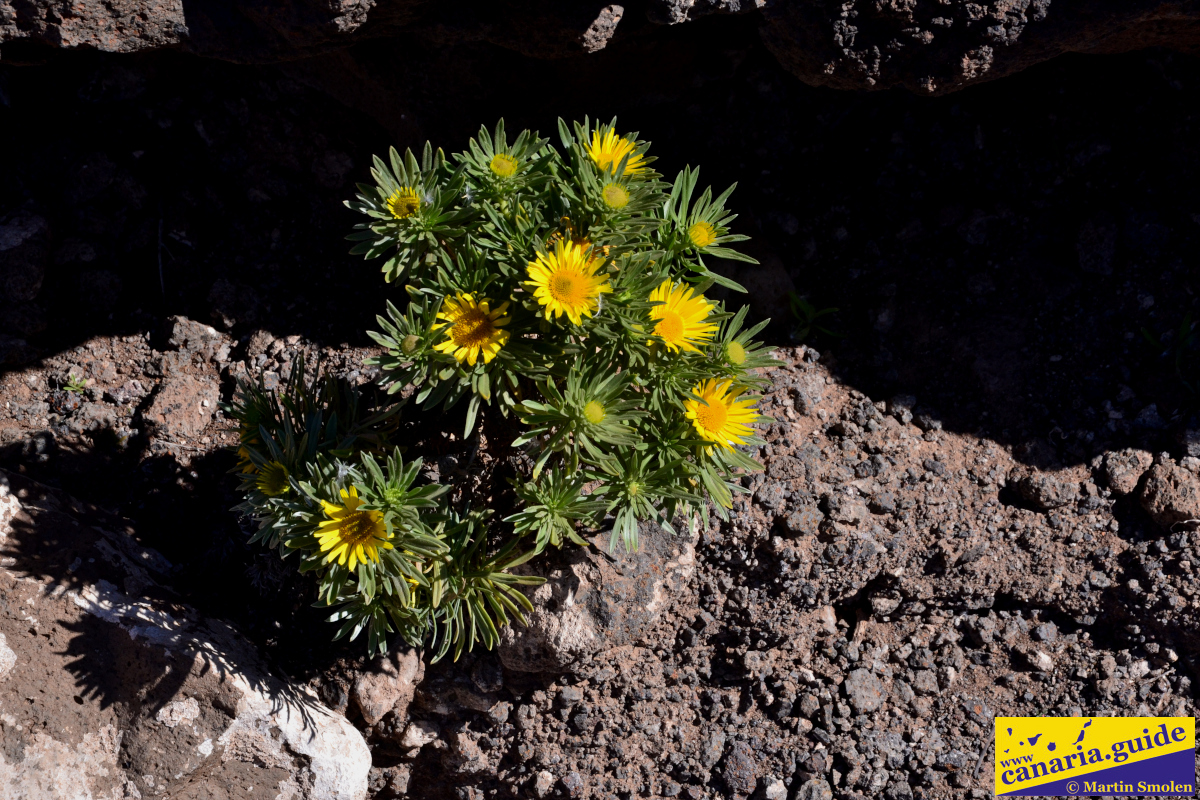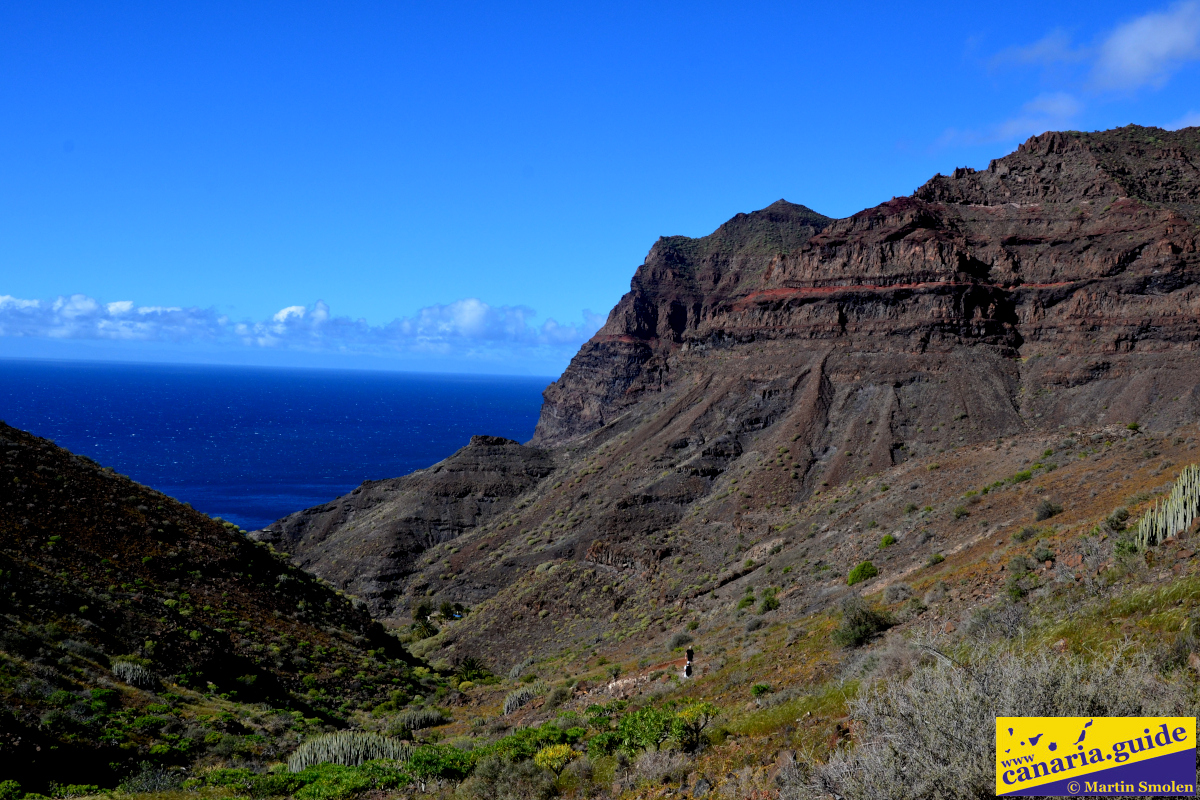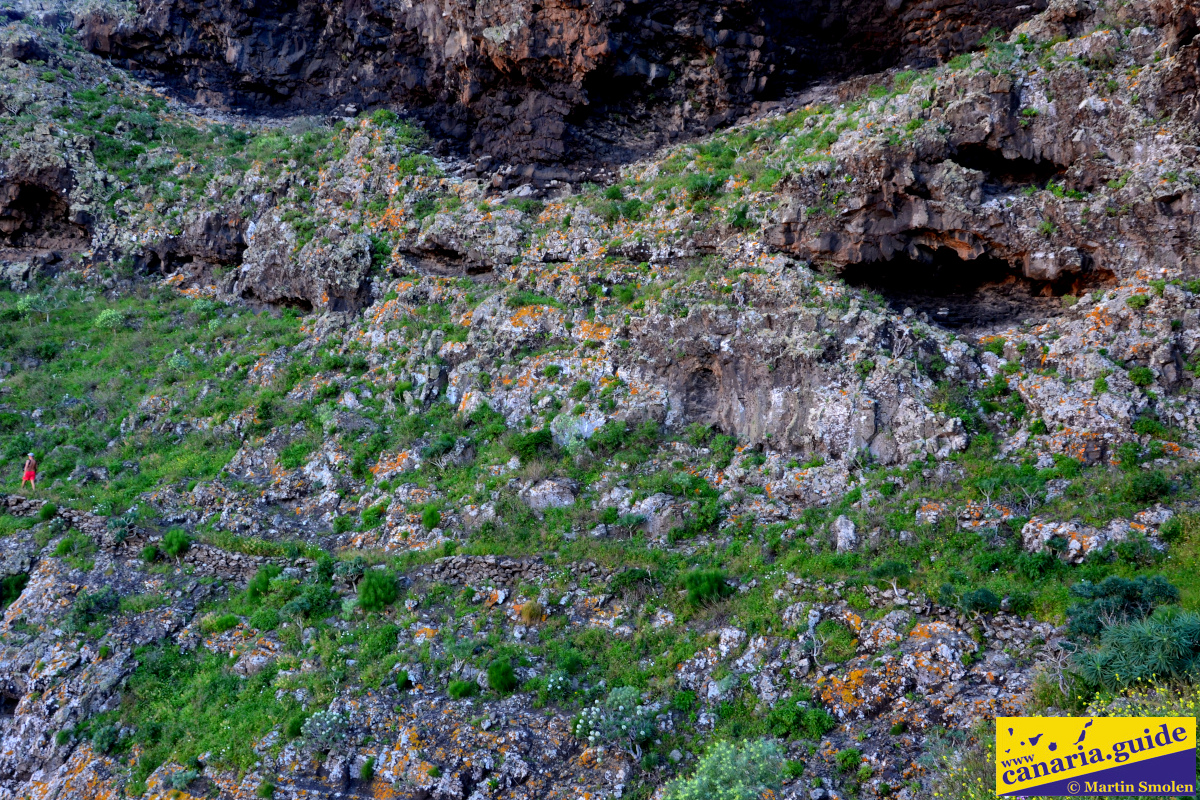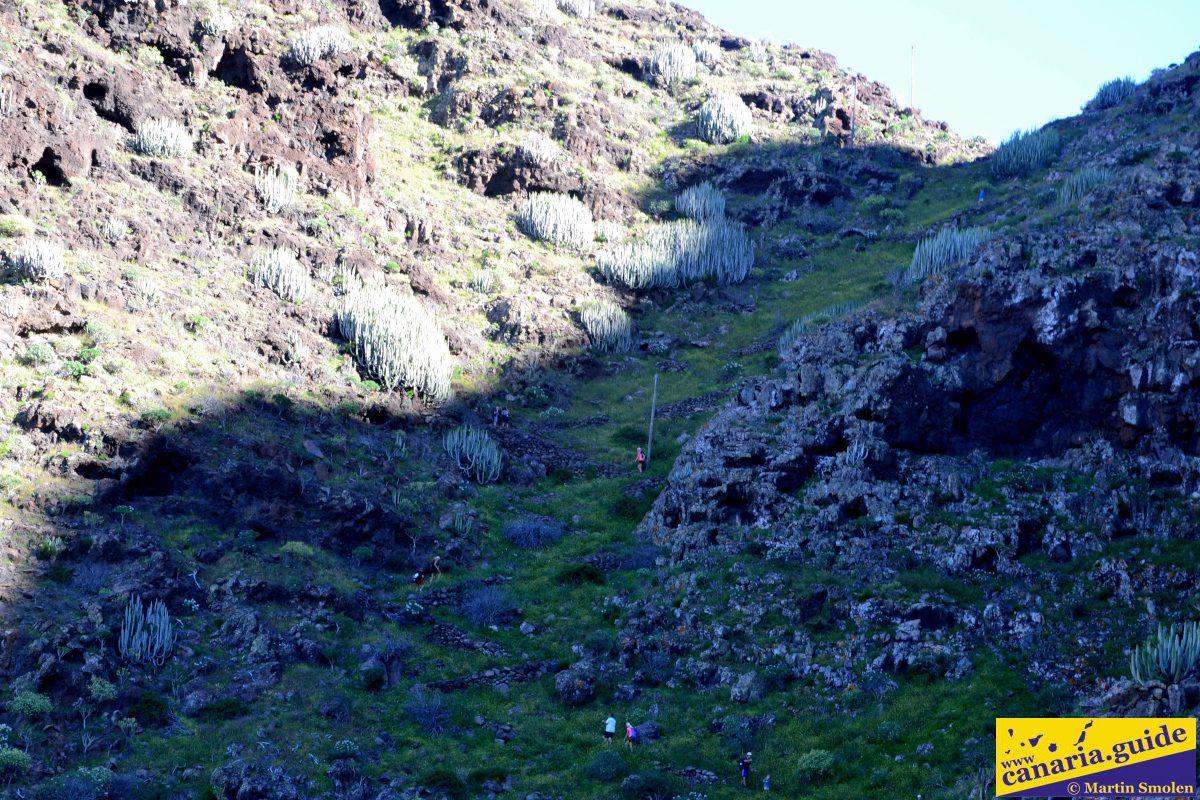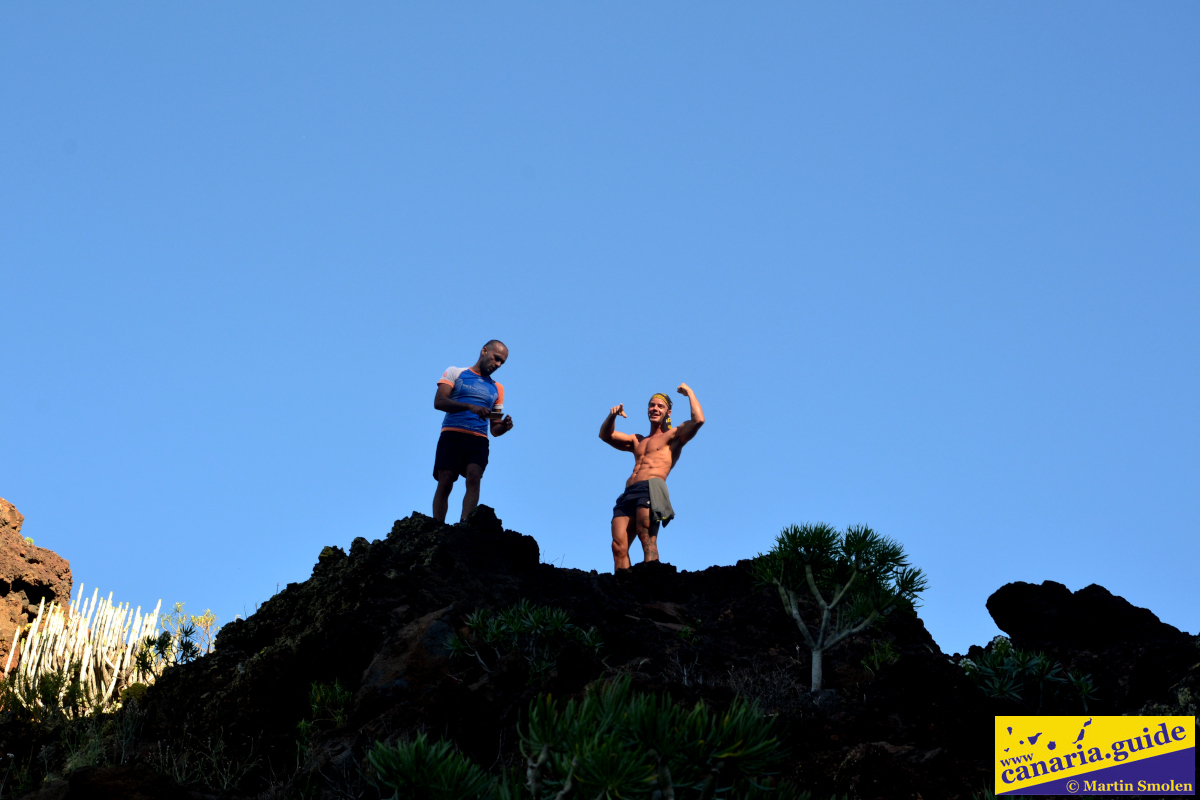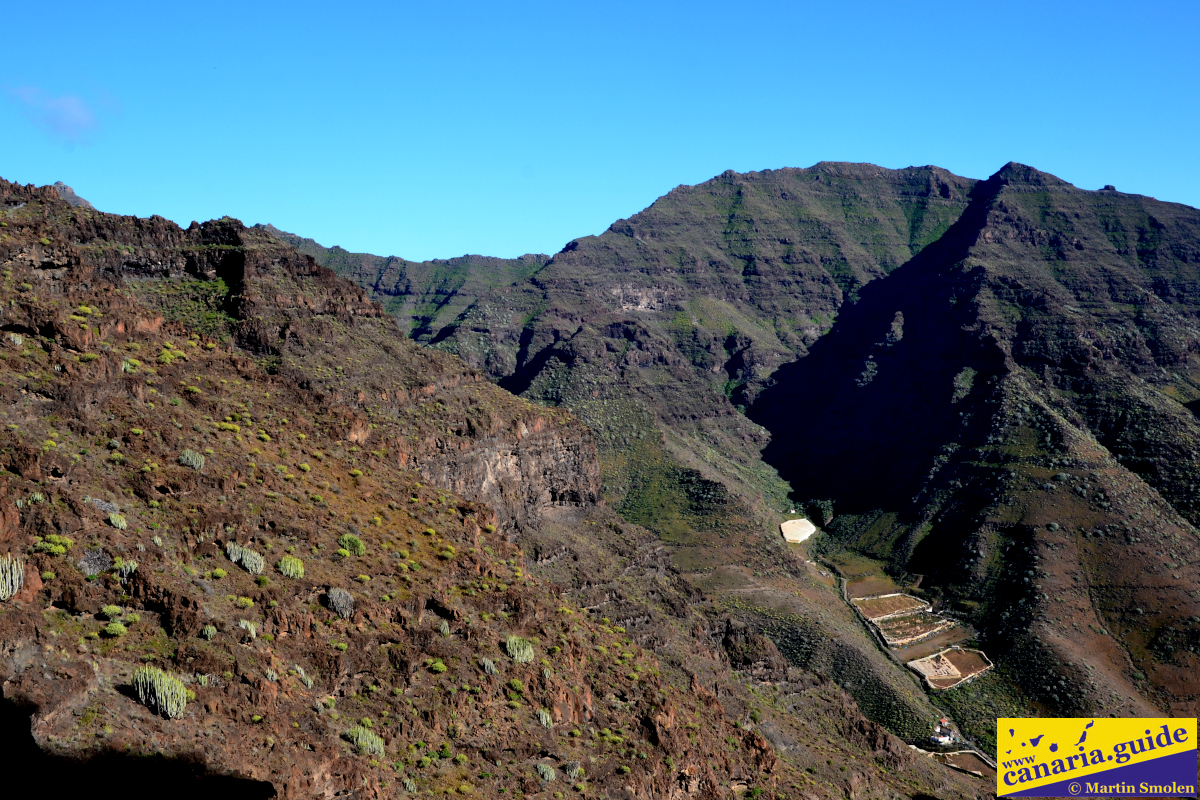Güi Güi beach, also called Guigui or Guguy, is located in the westernmost part of the island of Gran Canaria in the territory of La Aldea de San Nicolás. This area is characterized by low population and a small number of tourist facilities. The whole area is characterized by steep rocky cliffs and hidden mysterious beaches. Smaller black sand beaches are usually found only at the estuaries of deep gorges.
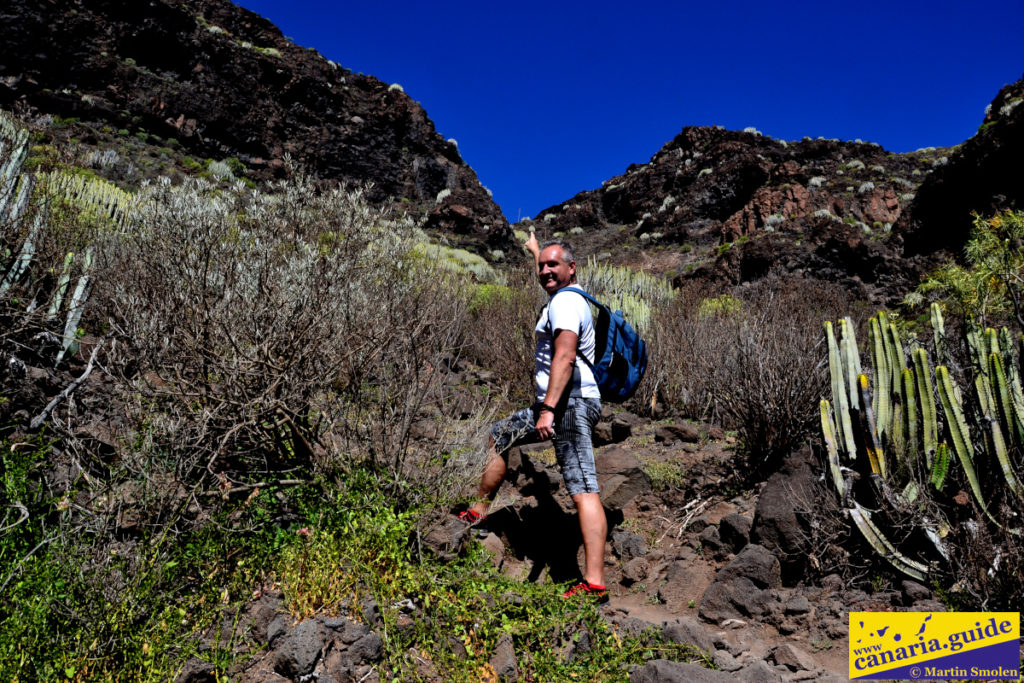
There are two beaches: Güi Güi Grande is the first to reach by hiking trail. It is about 350 meters long. The name “large” is derived from the depth of the gorge rather than the length of the beach. Güi Güi Chico Beach is located to the south and is about 650 meters long. You can reach it by walking on the rocks along the cliff. However, during high tide or stormy seas, this road is very dangerous.
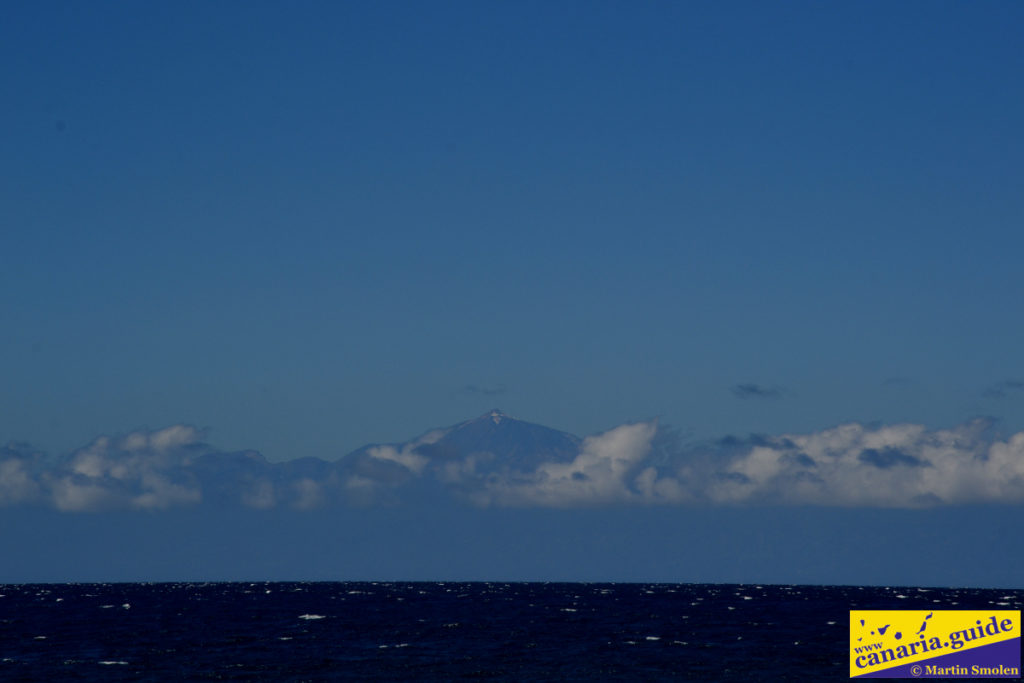
During the tide, the beach is only rocky. The low tide reveals sand and due to the very slight slope of the coast, the ocean retreats to a great distance.
Protected area
The beach is part of the Güi Güi National Park. The whole area is furrowed by numerous gorges, which are relatively short but steep. Some gorges are up to 1,000 m deep.
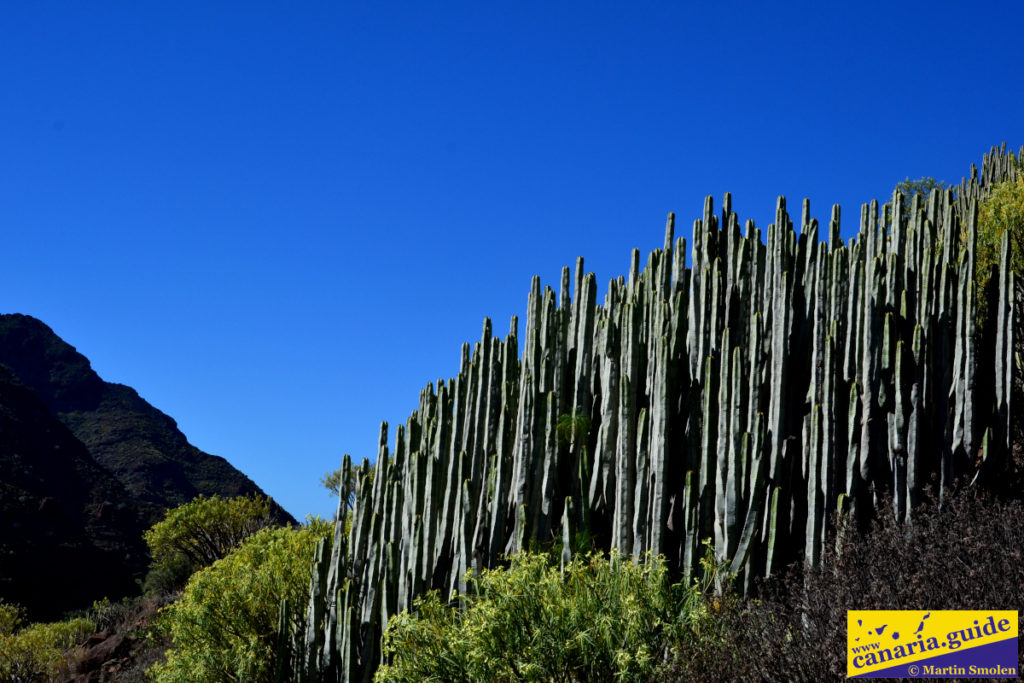
There is an interesting sample of Tabaibal-cardonal plants in the reserve. (*) There are some endangered endemic species in the local flora, the populations of which are only distributed within the reserve. Several endangered bird species nest on coastal cliffs. Notable are the local archaeological sites in the mountain Hogarzales. One of the last battles between the Castilians and the original inhabitants of the Canary Islands took place here.
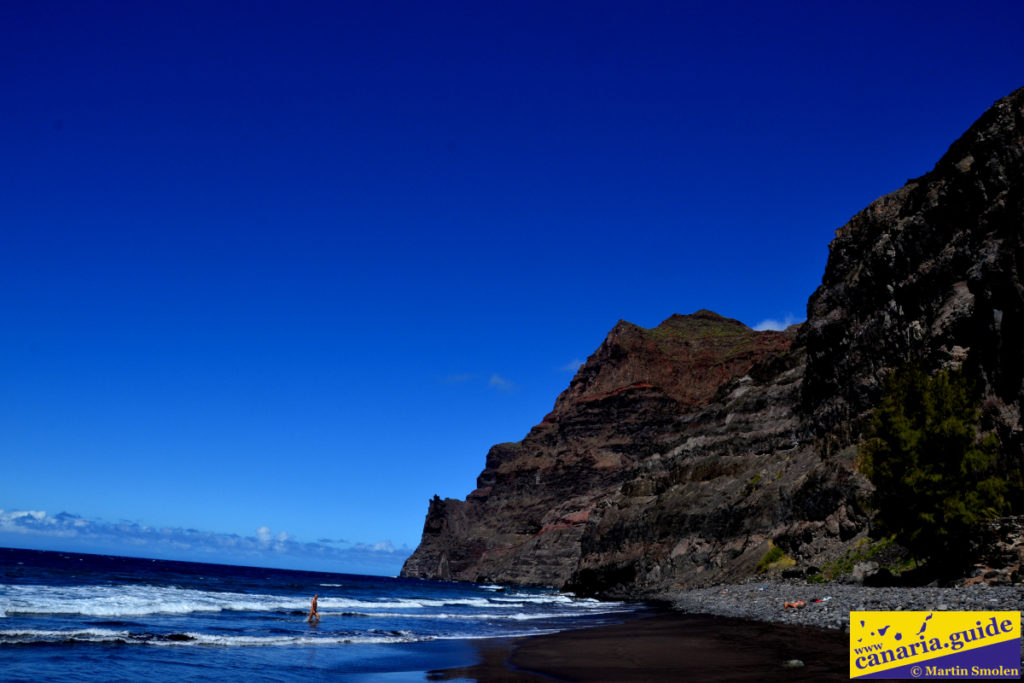
How to get to Güi Güi beach?
The easiest access to Güi Güi beach is from the village of Tasartico. It is about an hour’s drive from Maspalomas. Through the village, continue along the main road to the dirt road at the end. Continue on it to the information boards, where it is possible to park. A well-marked walkway leads from the car park to the beach. This route measures 5 kilometers with a maximum elevation of approx. 550 meters.
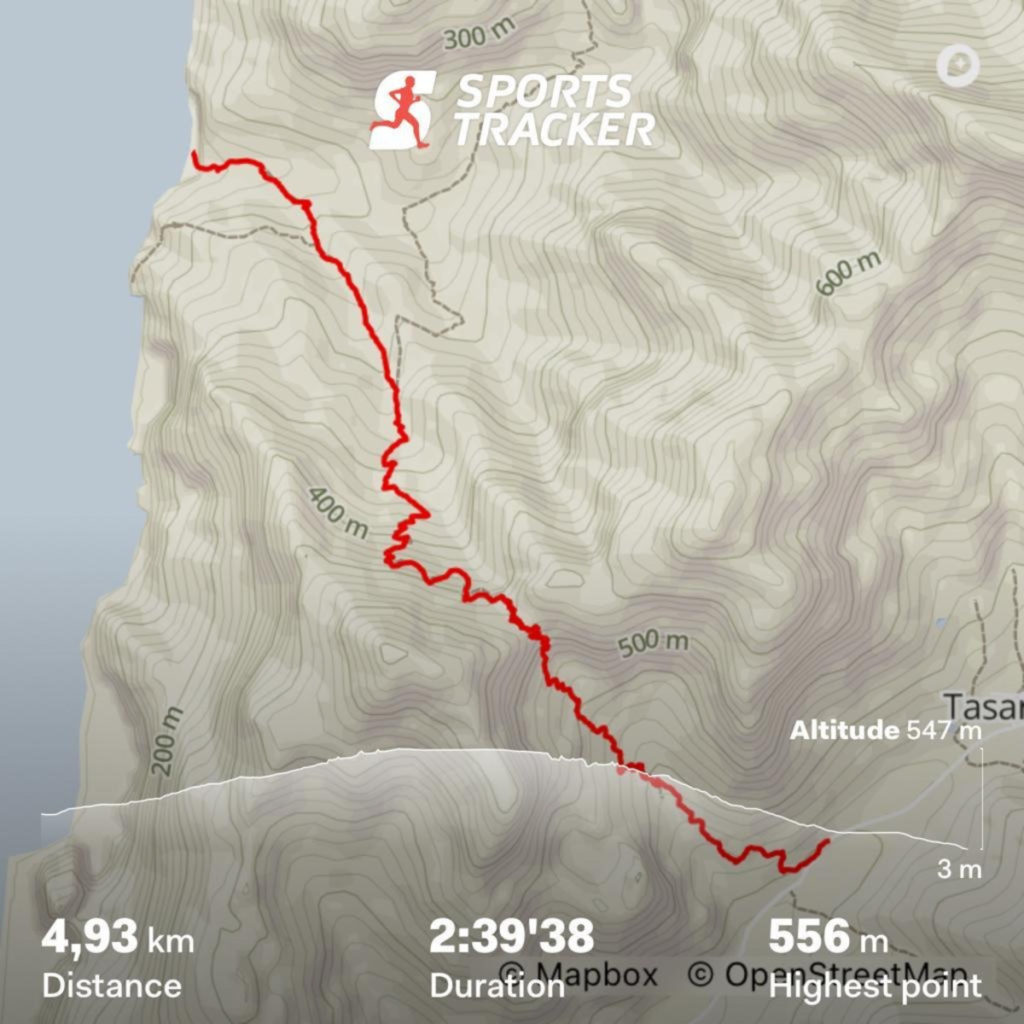
If you don’t have a car, you can travel by bus to La Aldea de San Nicolás. This route measures approximately 14 kilometers and is even more challenging than the route from Tasartico. At La Aldea you can visit the port and arrange with one of the fishermen to take you to the beach. Remember, however, that you will have to swim a few tens of meters from the boat, because the boat will not reach the shore.
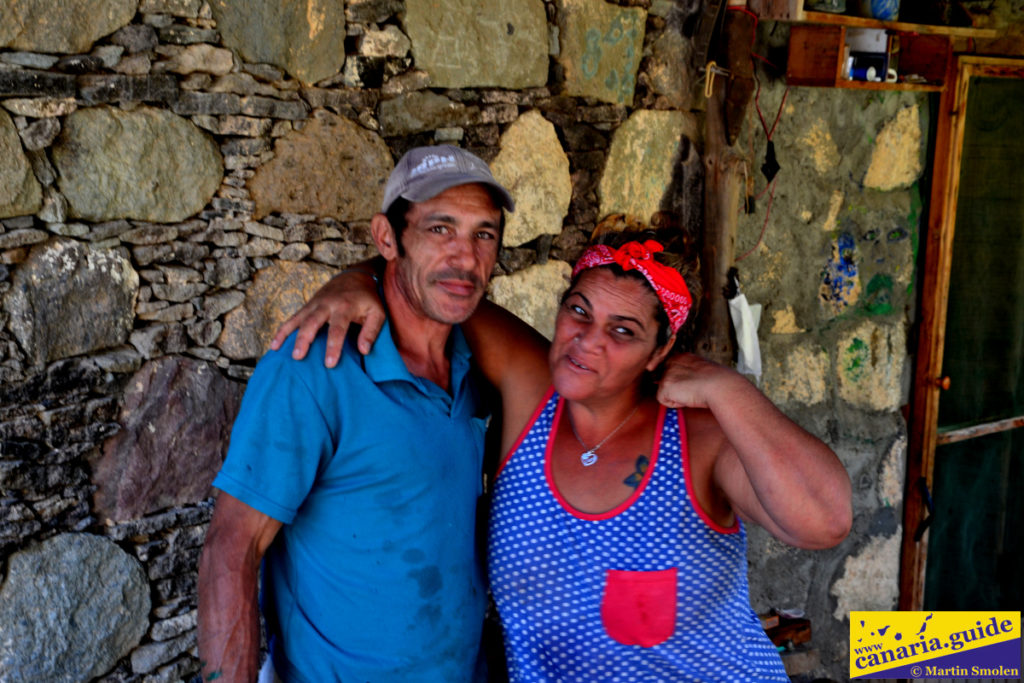
An interesting alternative is a full day boat trip, which also offers snacks right on the beach. During the cruise, you may also see dolphins, which often occur in this area. The trip is offered, for example, by the agency Gran Canaria Travel.
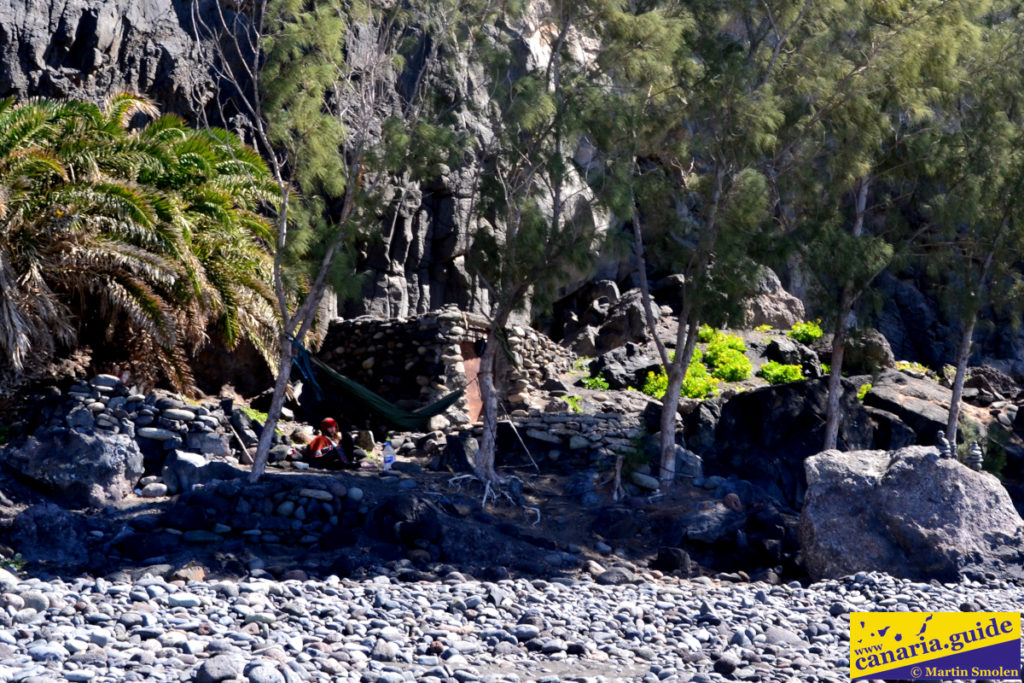
A few tips
- There is no place on Güi Güi beach where you can buy food or drink. You have to bring everything with you. Of course, also take away what you have left.
- About 15 minutes in front of the beach, there is a farmhouse by the hiking trail, where they will be happy to make you coffee, tea or lemonade. It’s the only snack option.
- Drinking water is brought to the beach from the mountains by a hose. However, it is not certain whether the water will flow. Therefore, take enough water with you!
- The journey from the Tasartico car park to the beach takes approximately 2.5 hours, as it will take you the way back to the car park. Remember to leave the beach early enough before dark.
- There is no mobile signal available on the beach or along the way, so you won’t be able to make phone calls or use the internet. Think about it and behave responsibly and do not take unnecessary risks.
- Take suitable sturdy shoes for the trip. Be sure not to wear in sandals or slippers. The way up and down is very steep, on the rocky ground there is dust and small stones, on which you can easily slide.
- Nudism on the beach is tolerated. In the past, the beach was visited only by nudists, today the audience is mixed.
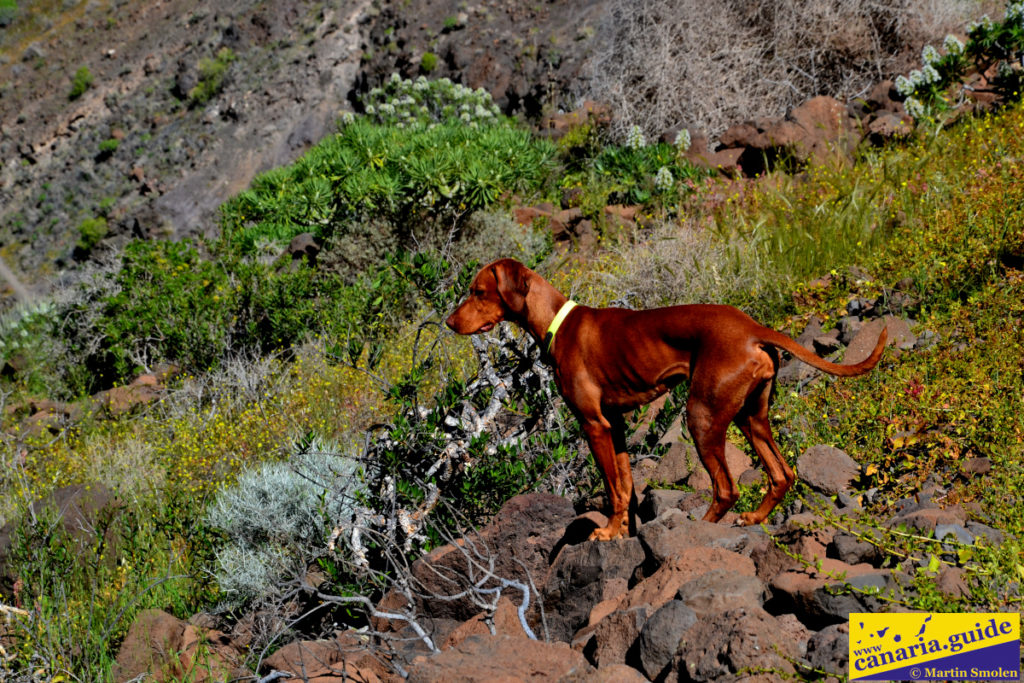
(*) Tabaibal-cardonal is a mixed plant typical of the coastal areas of the Canary Islands, occurring up to an altitude of 700 meters, depending on the topography and orientation. This vegetation is typical of islands and is so representative that some plants are regional symbols.
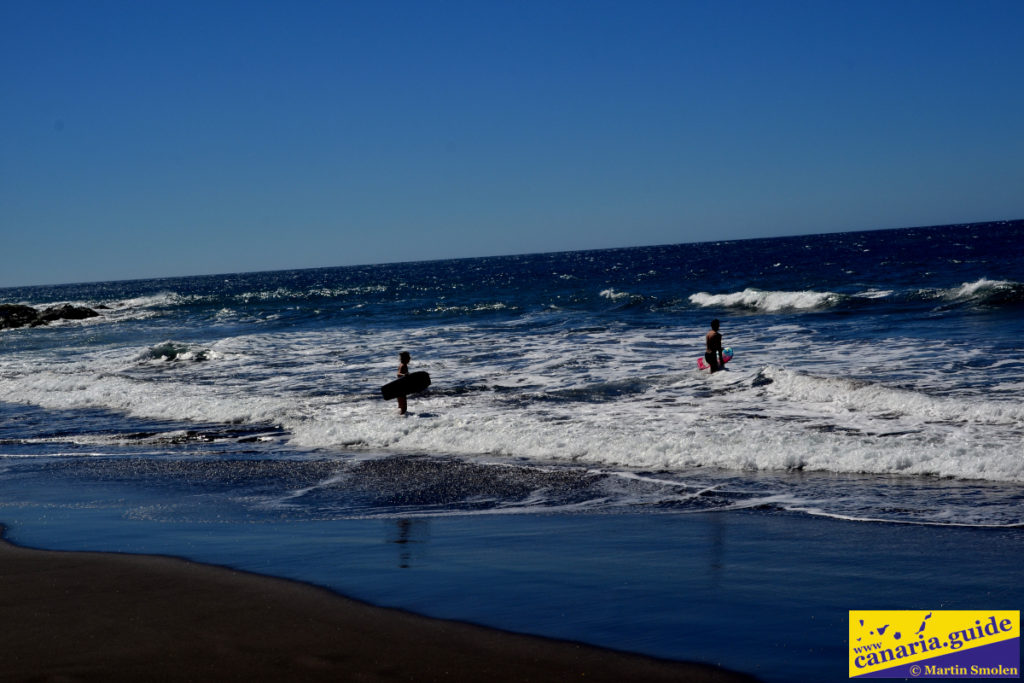
Did you like this article, was it useful to you? You can also support the creation of this website by sending any amount to ES08 0049 5735 1122 1616 5370, swift BSCHESMM. Include “Canaria Guide Support” in the note. Thank you for supporting.

